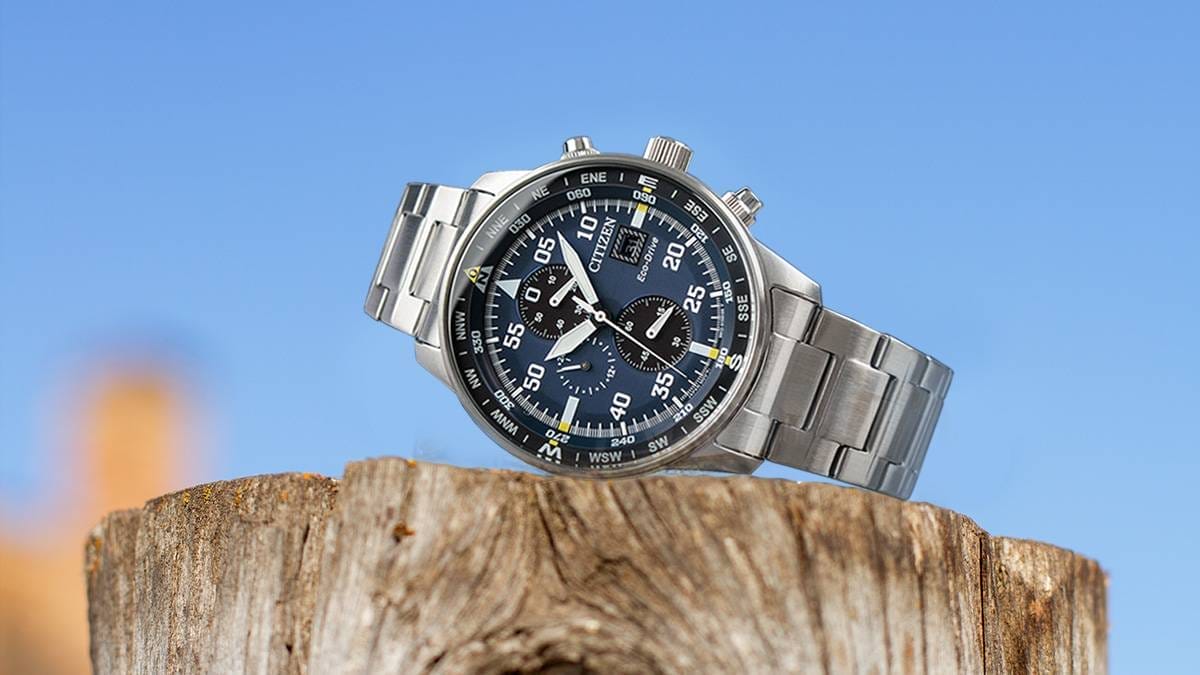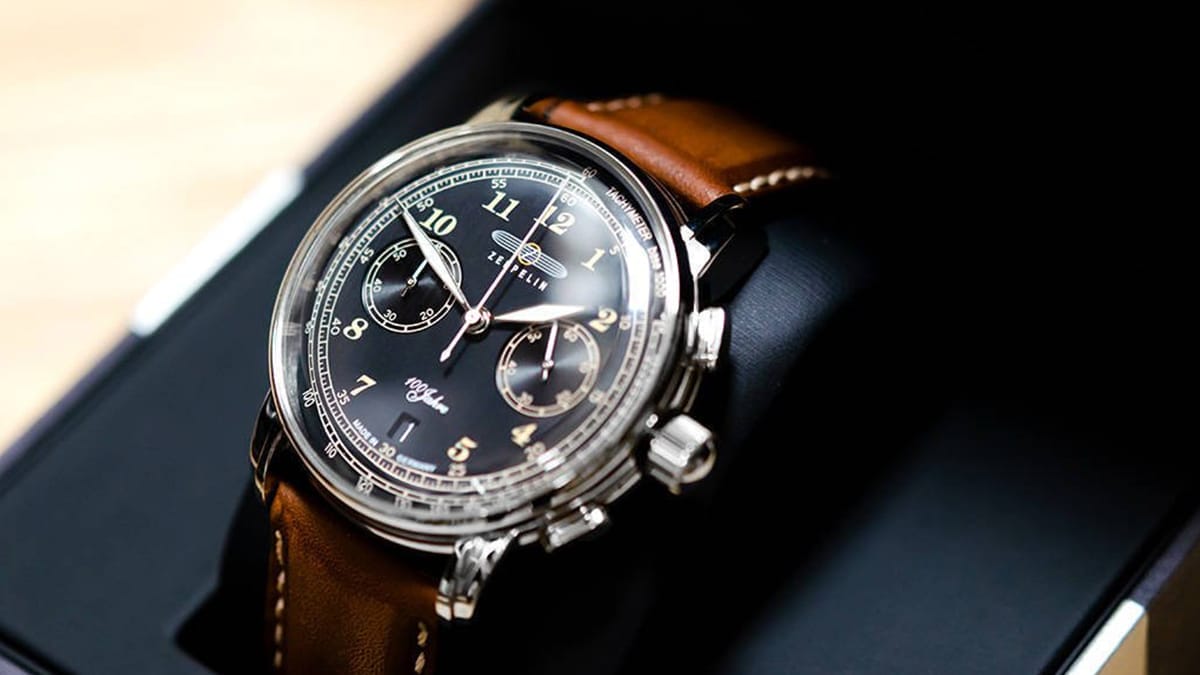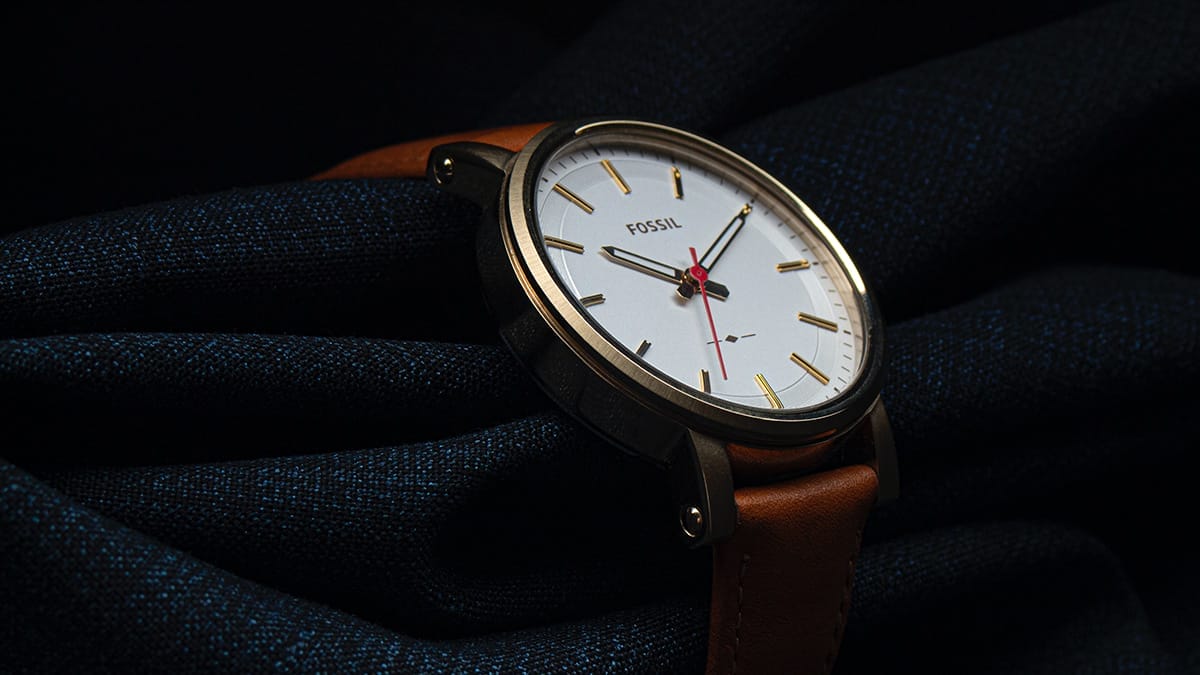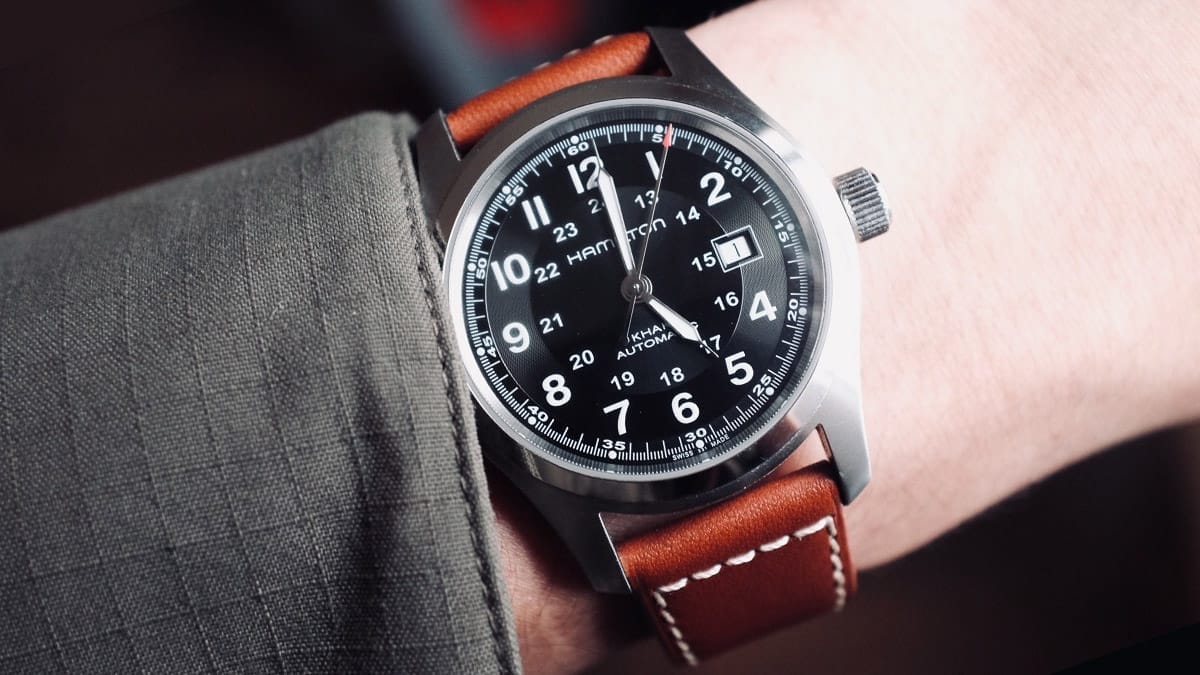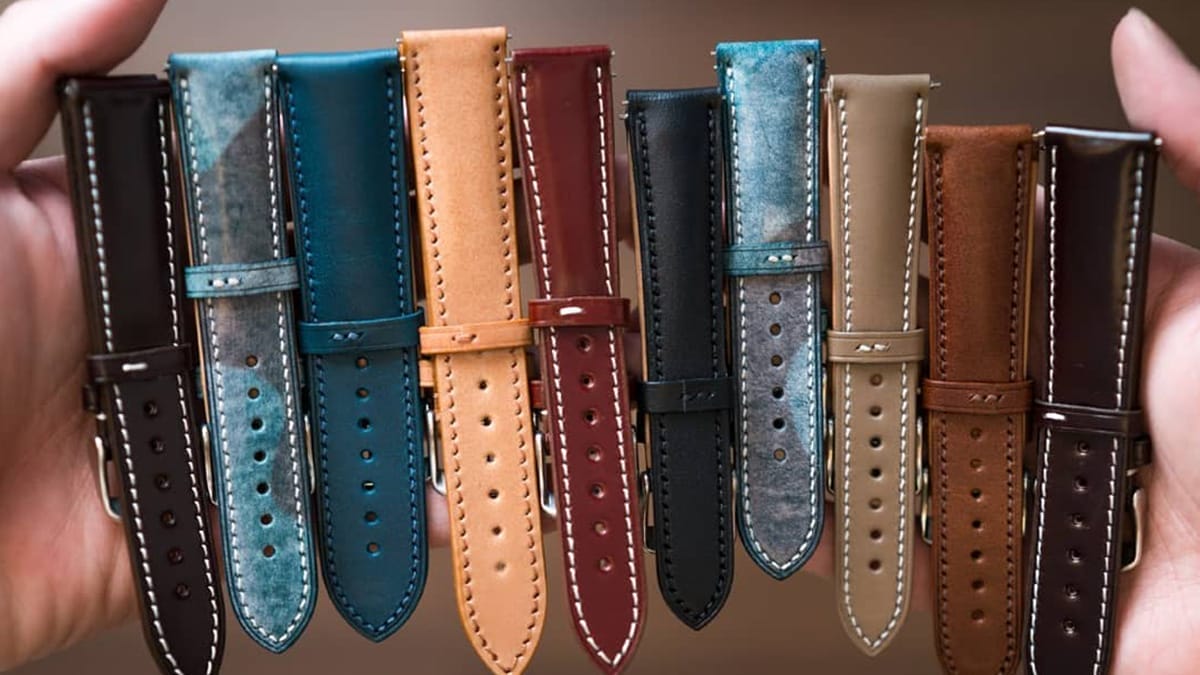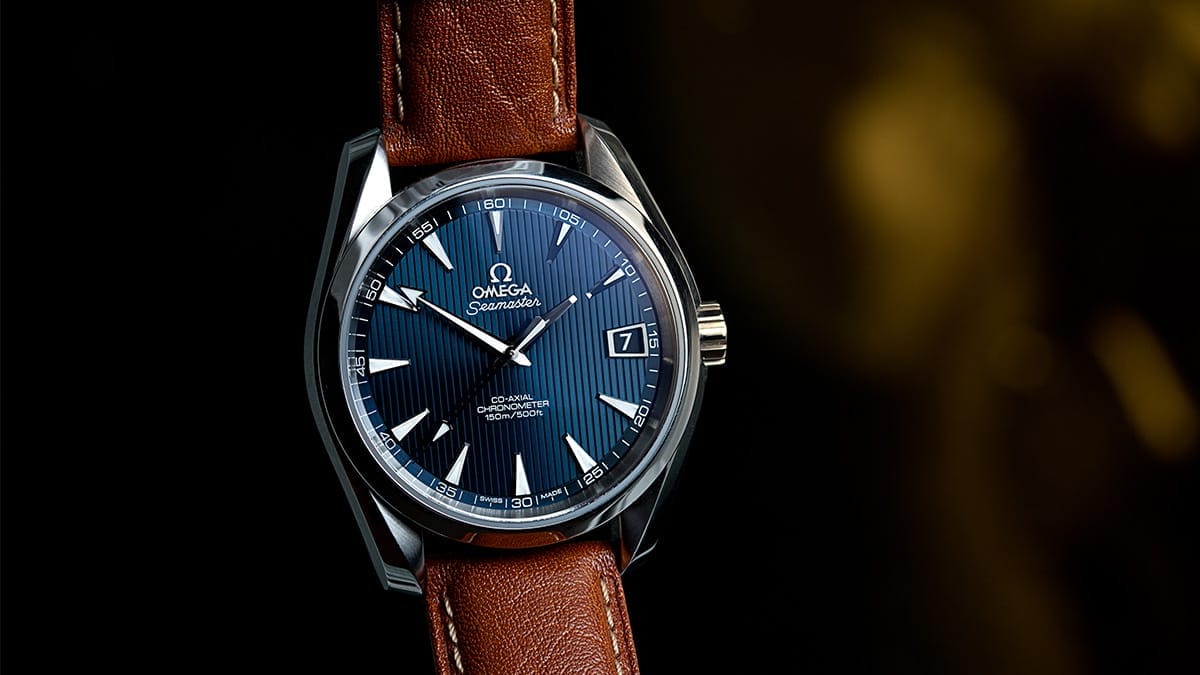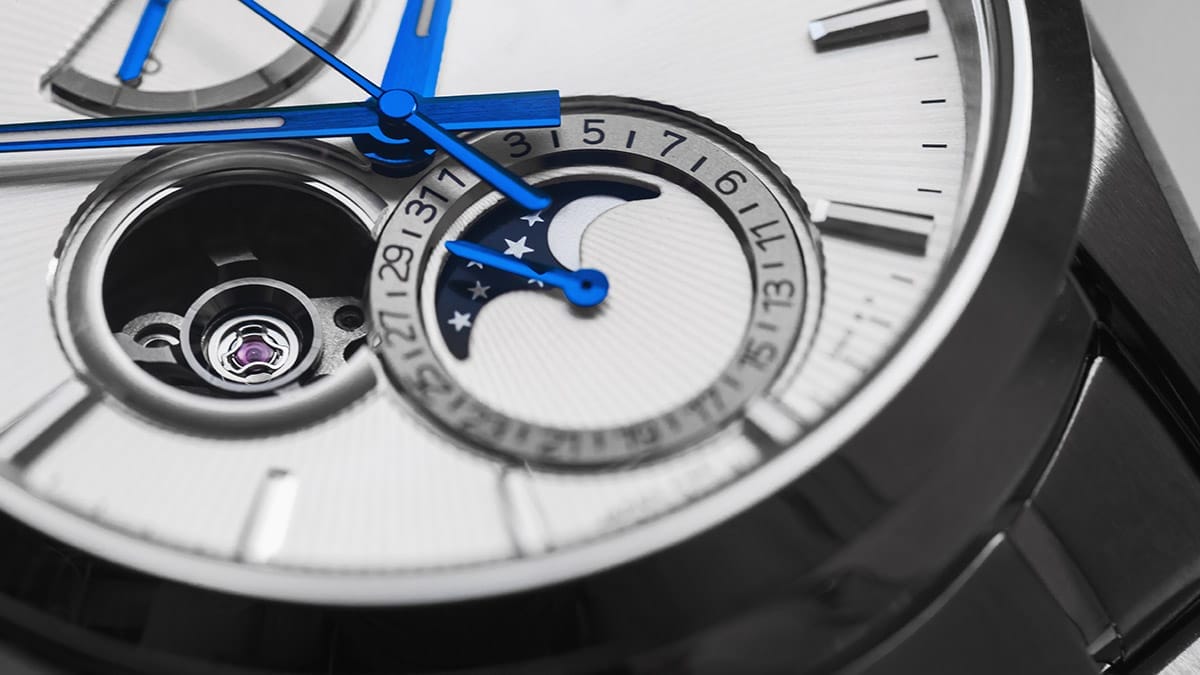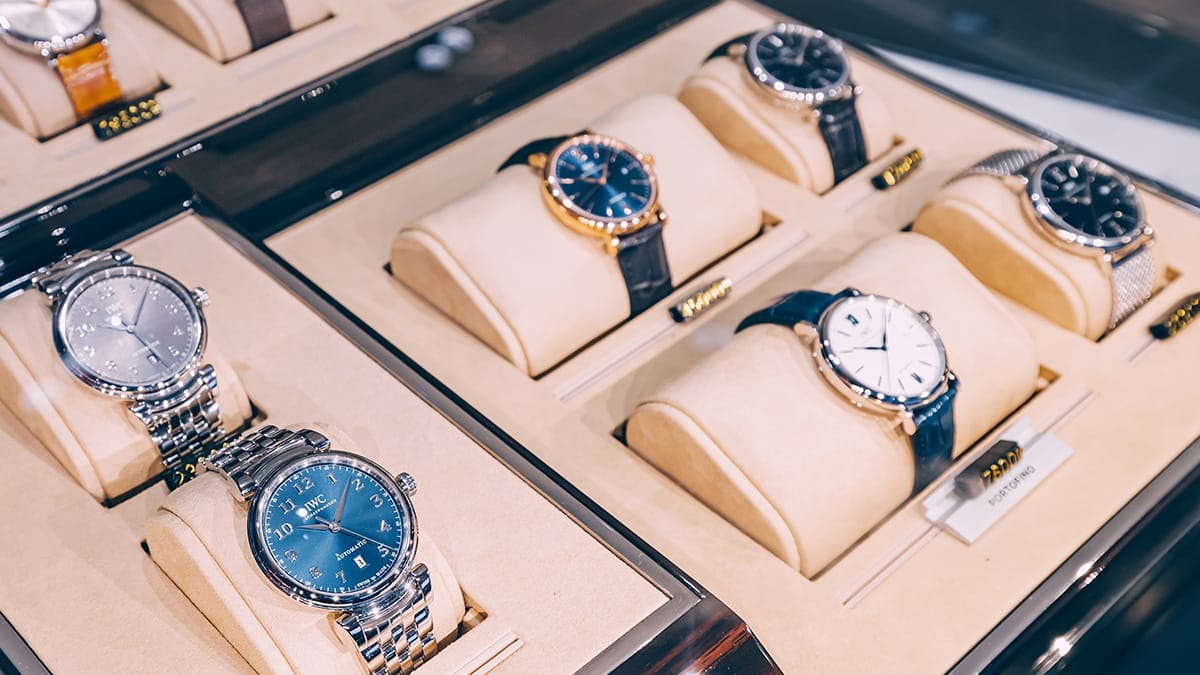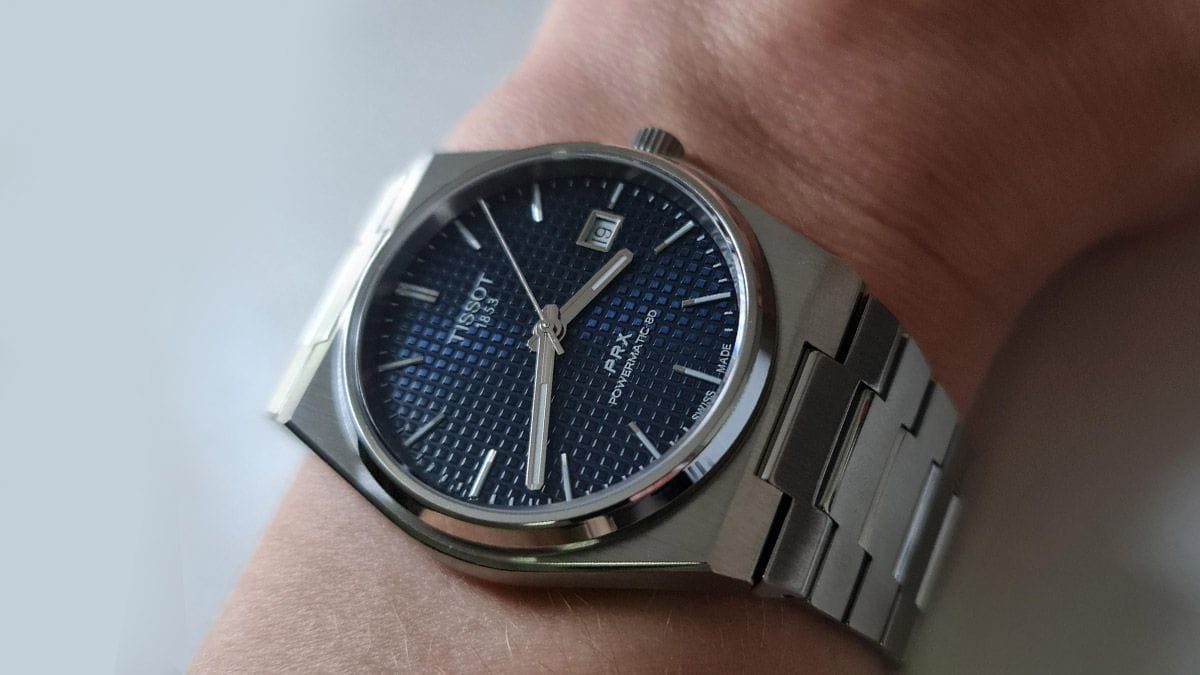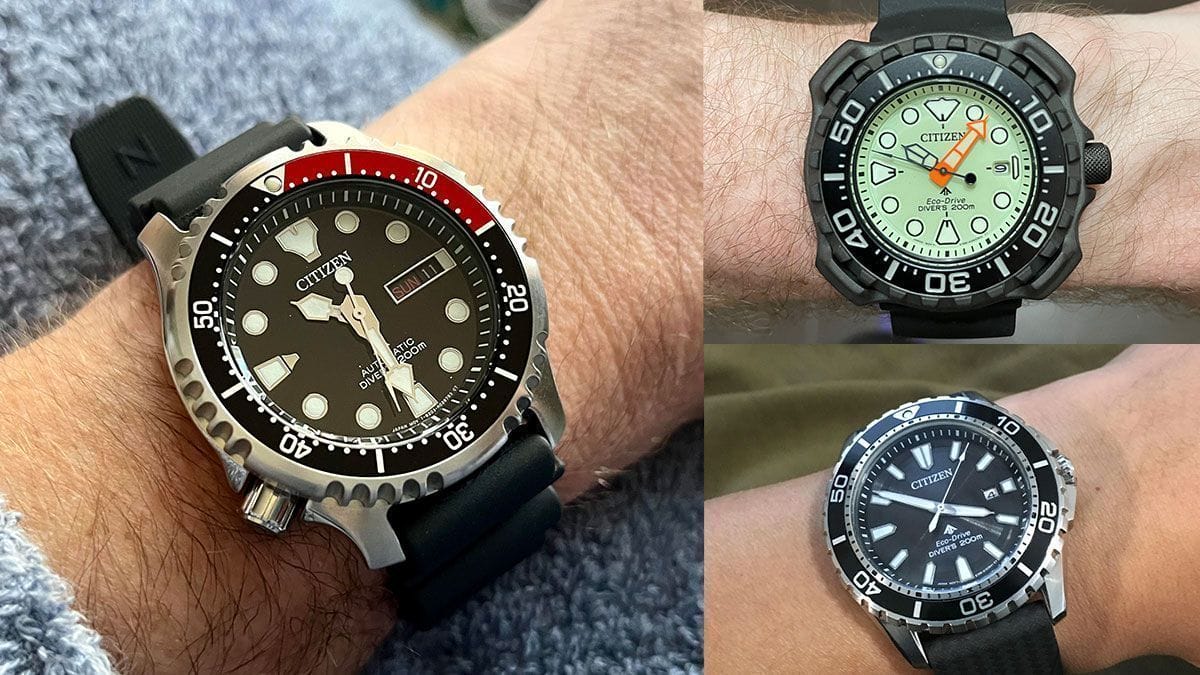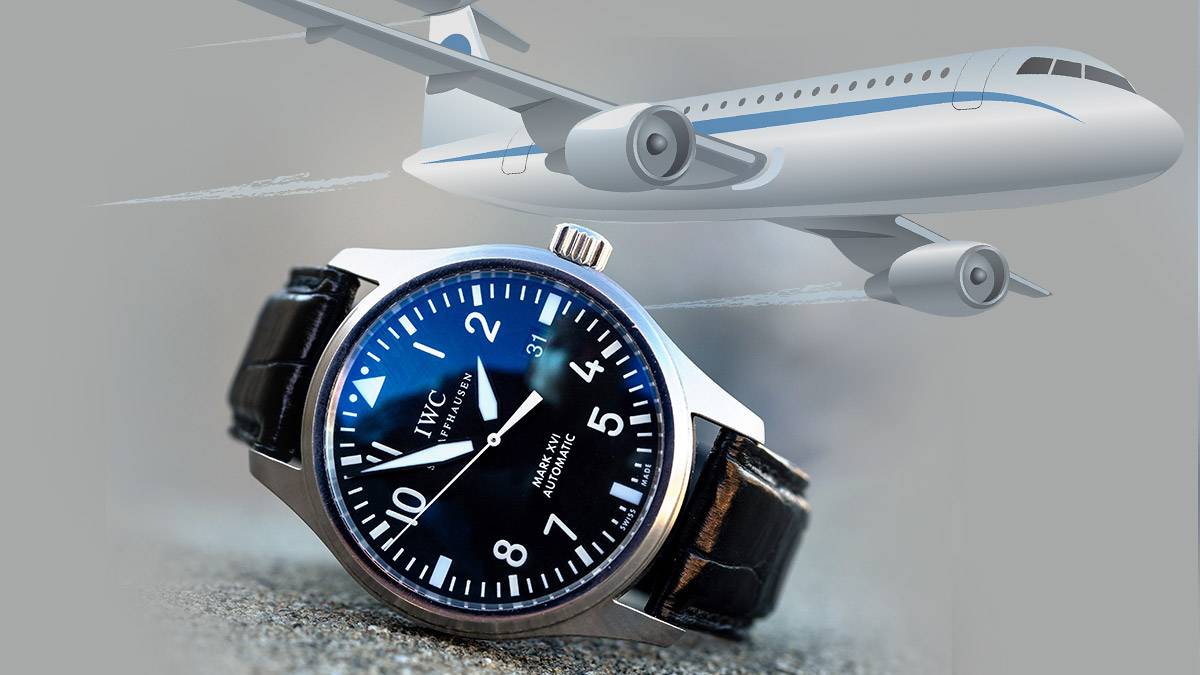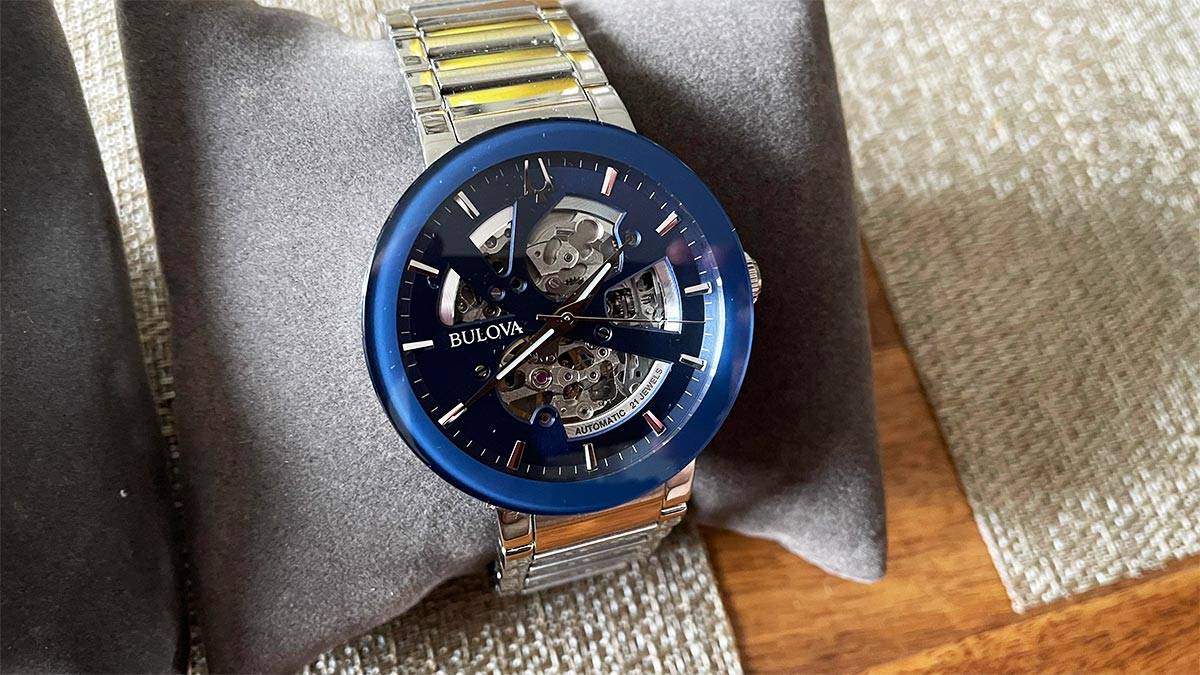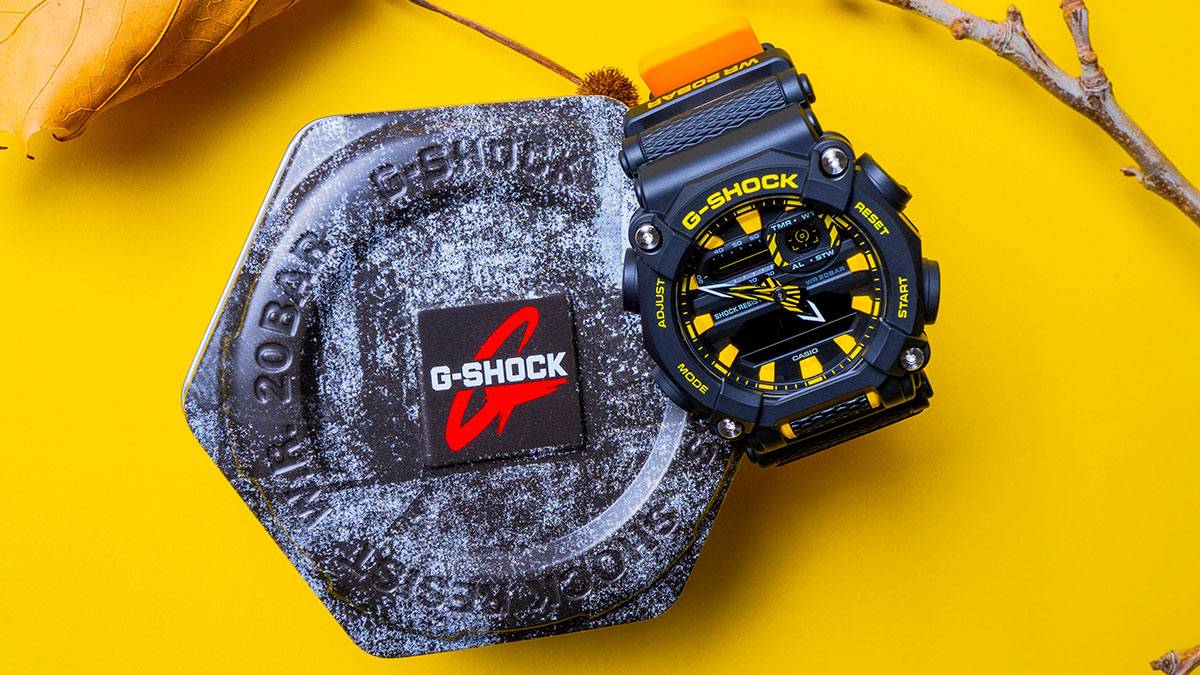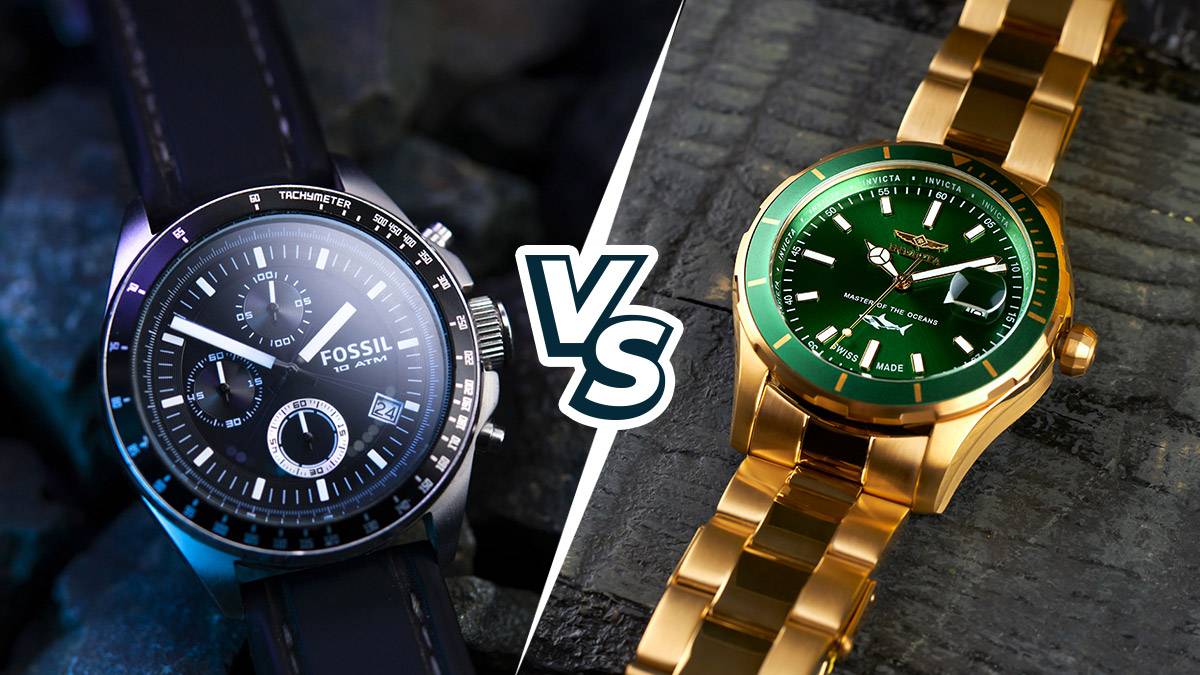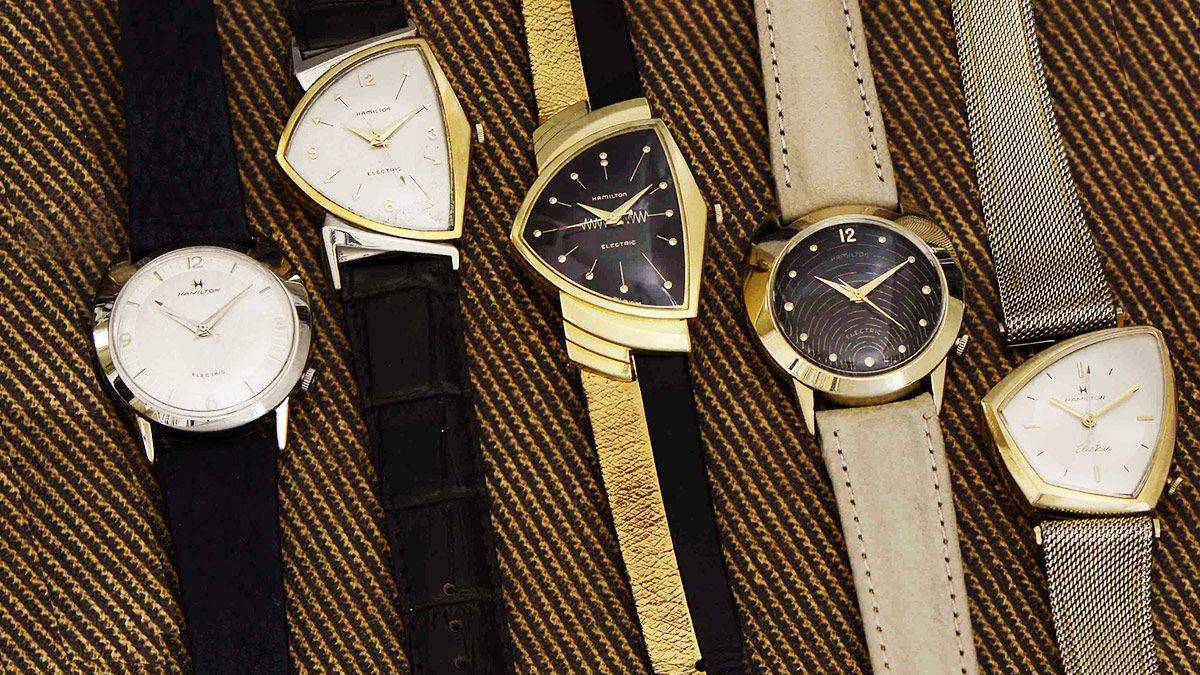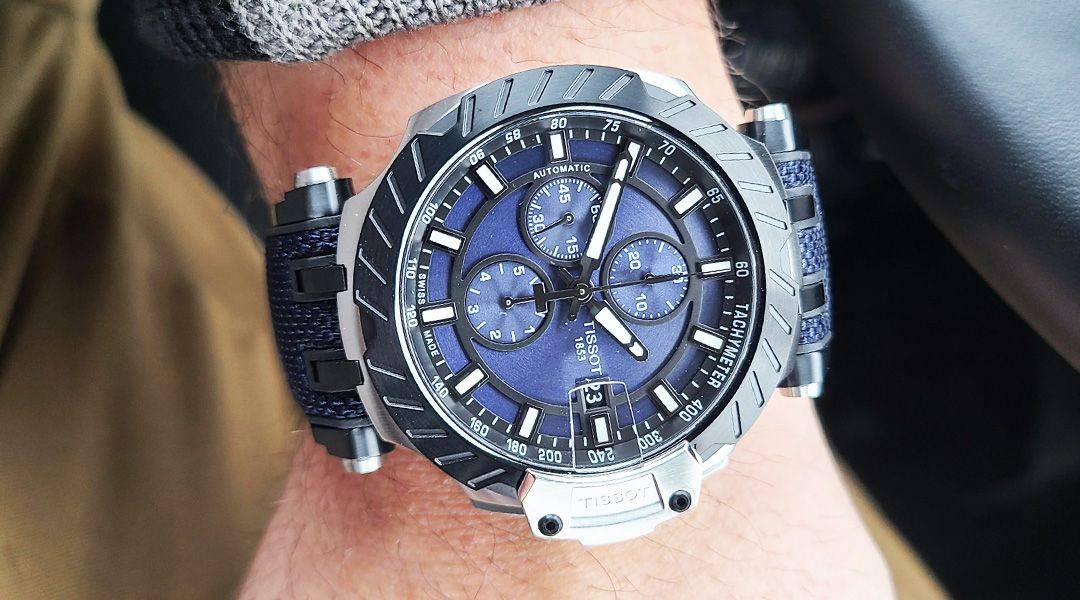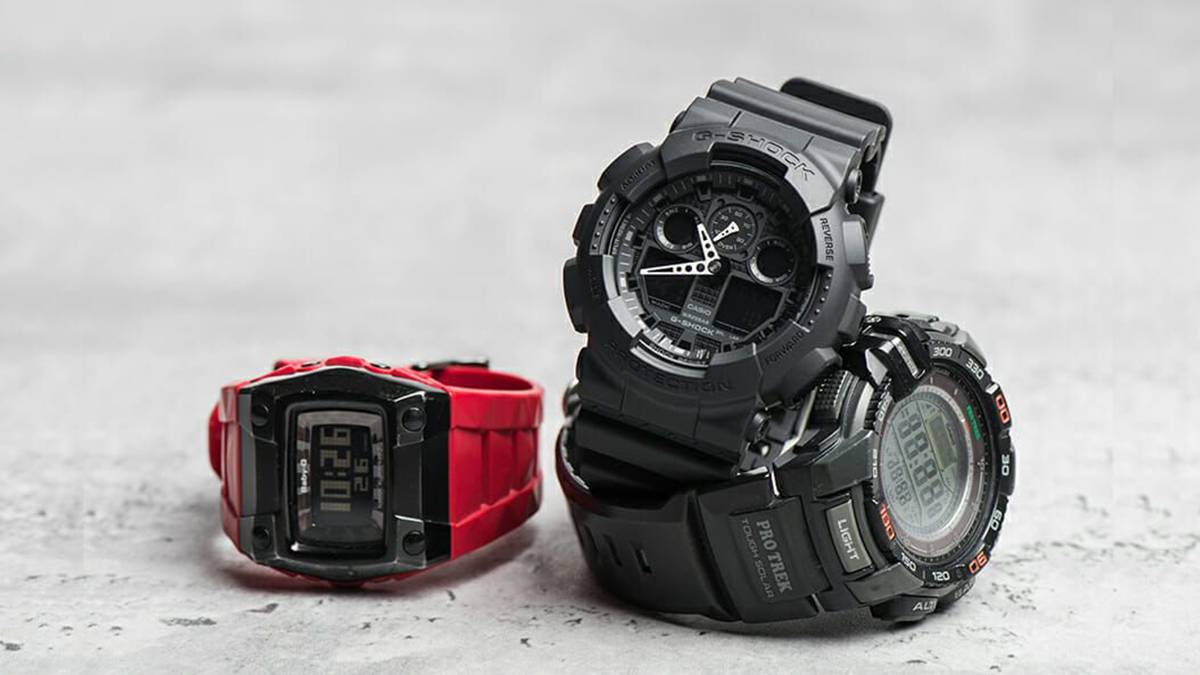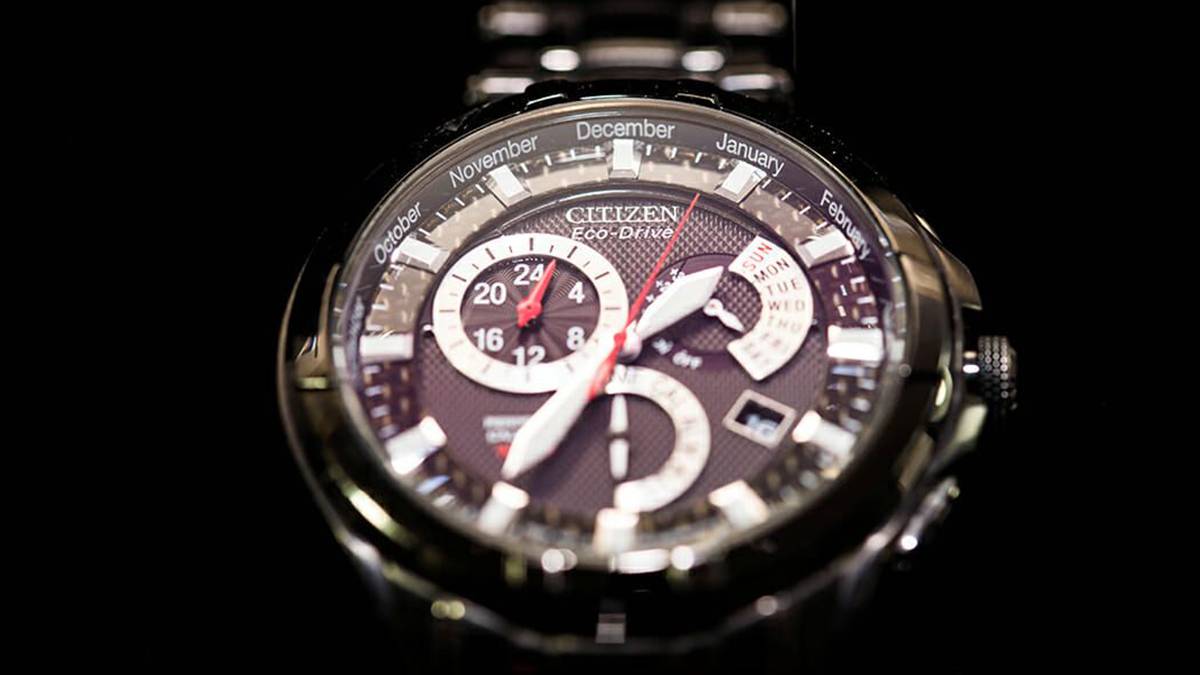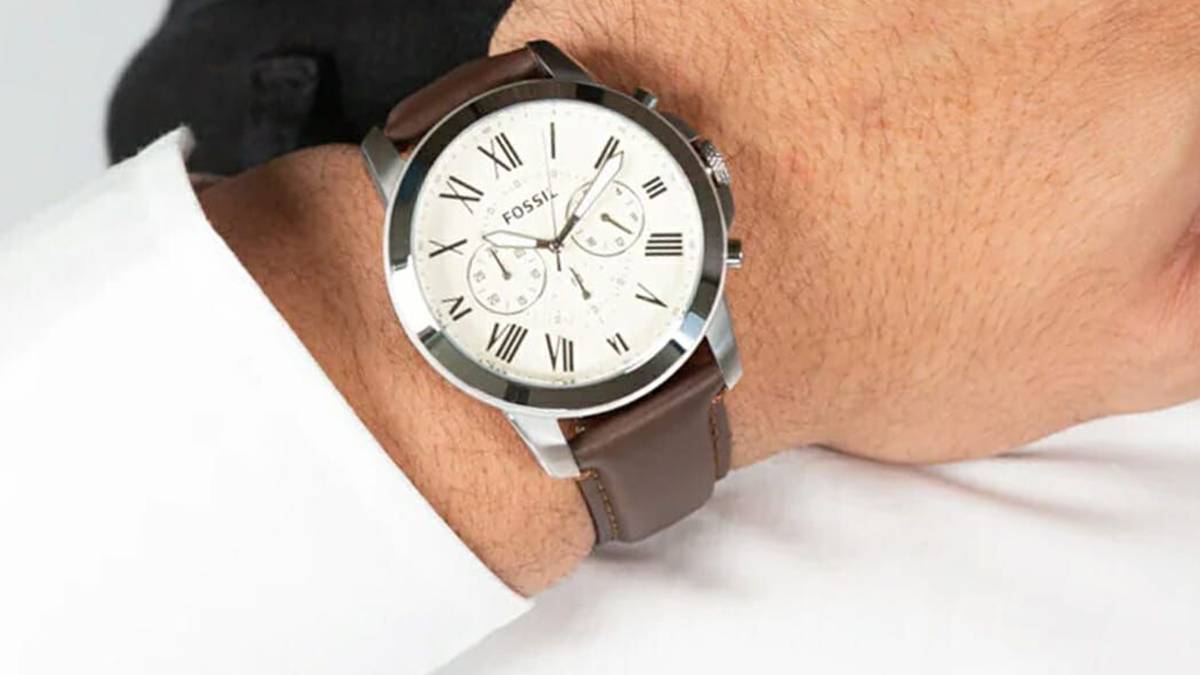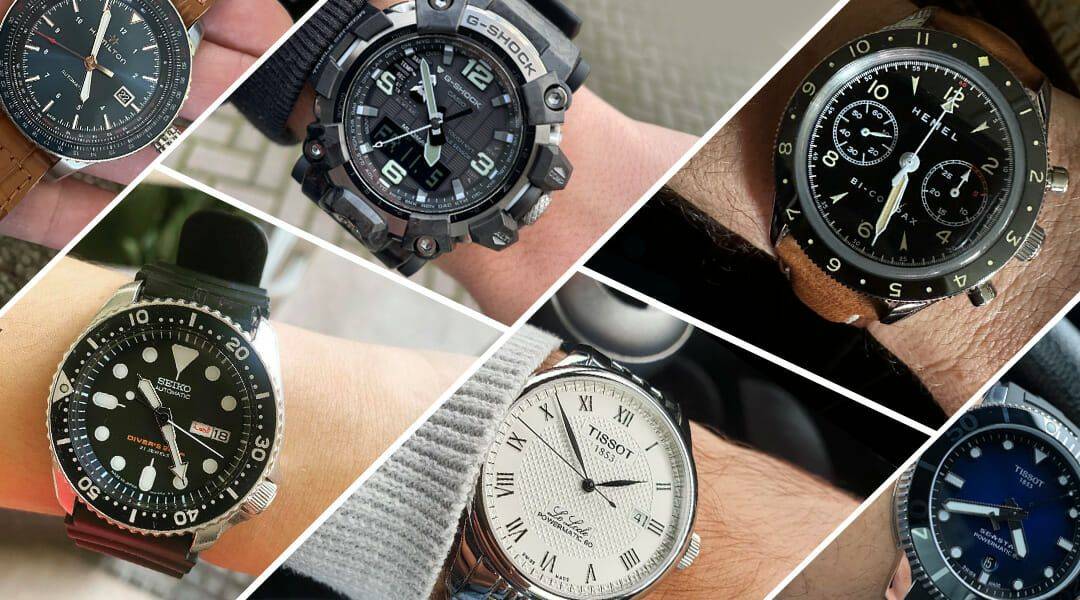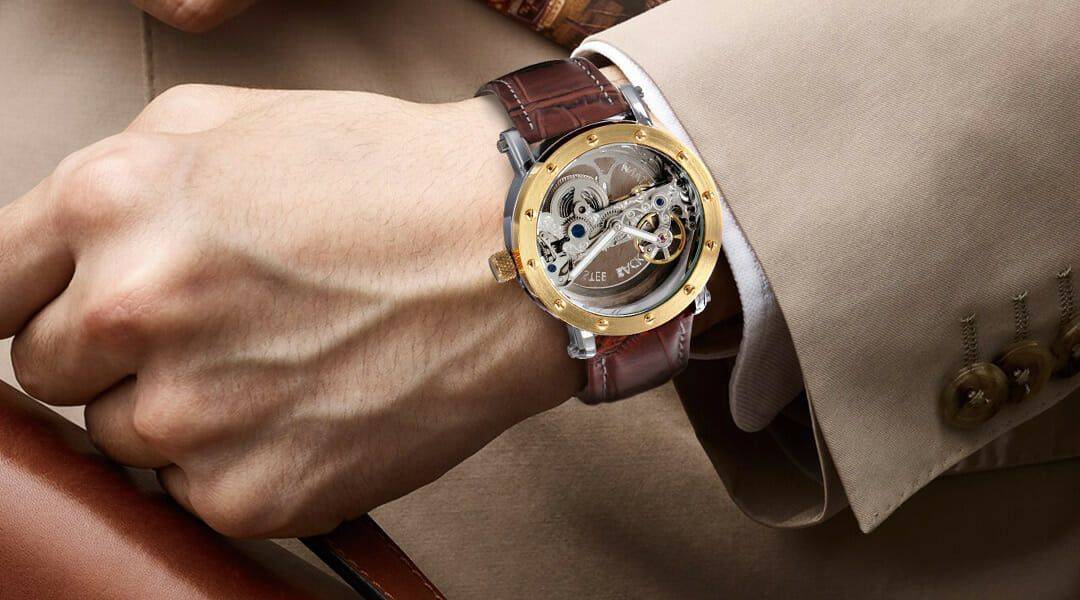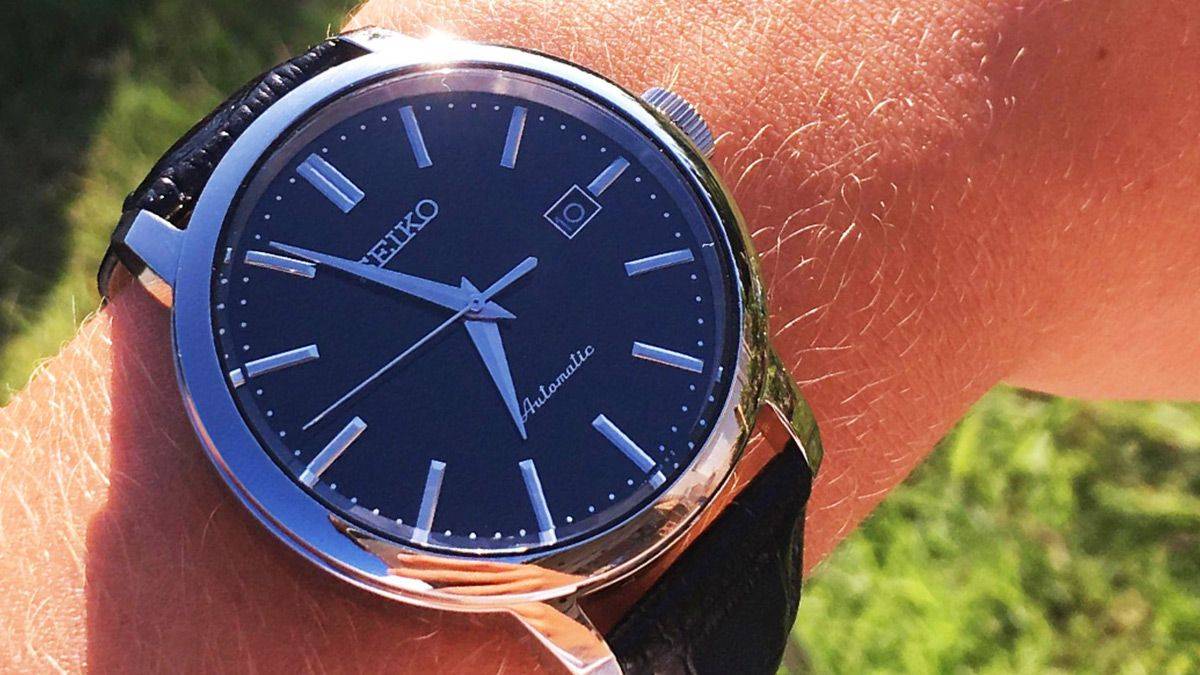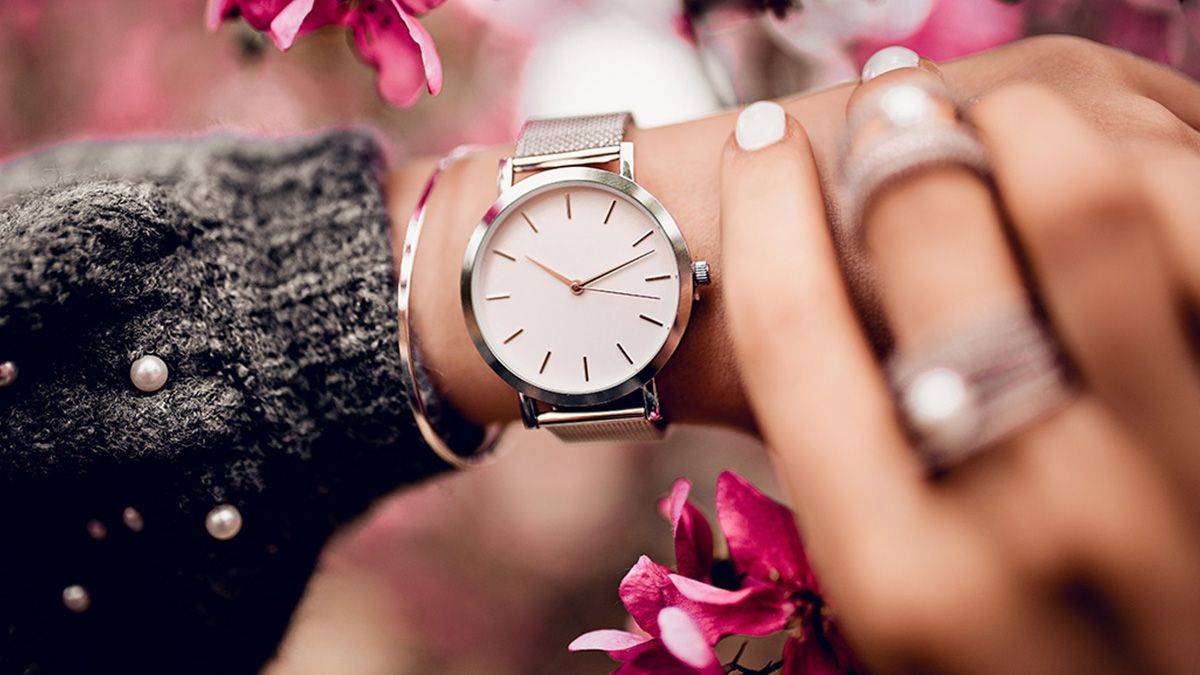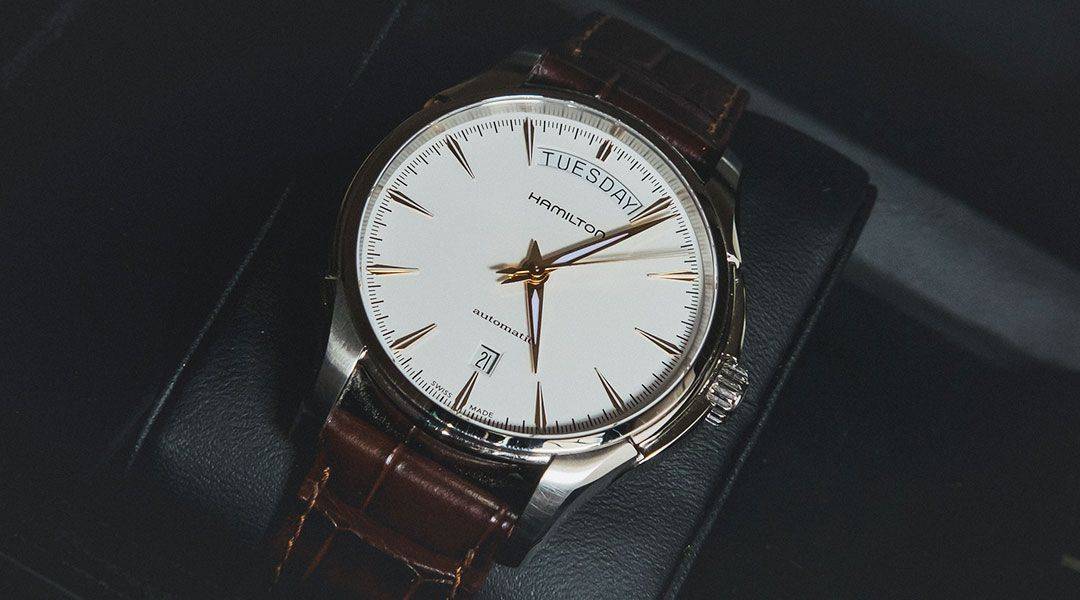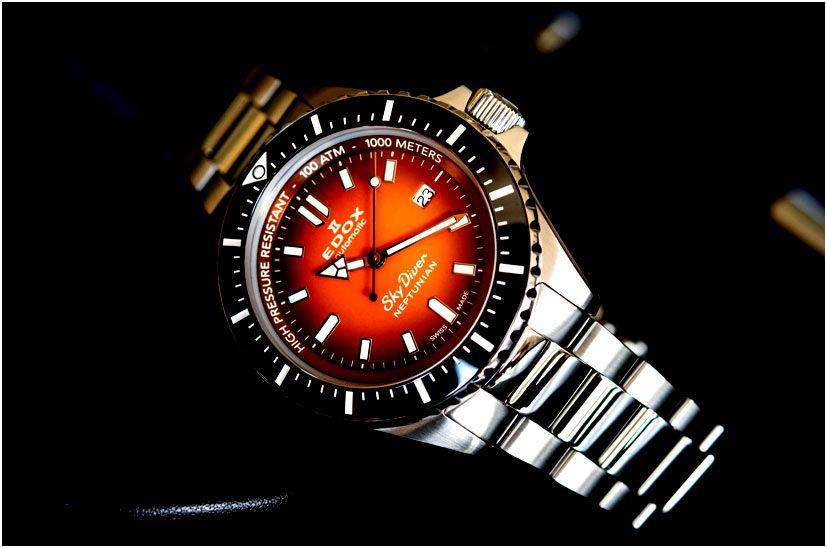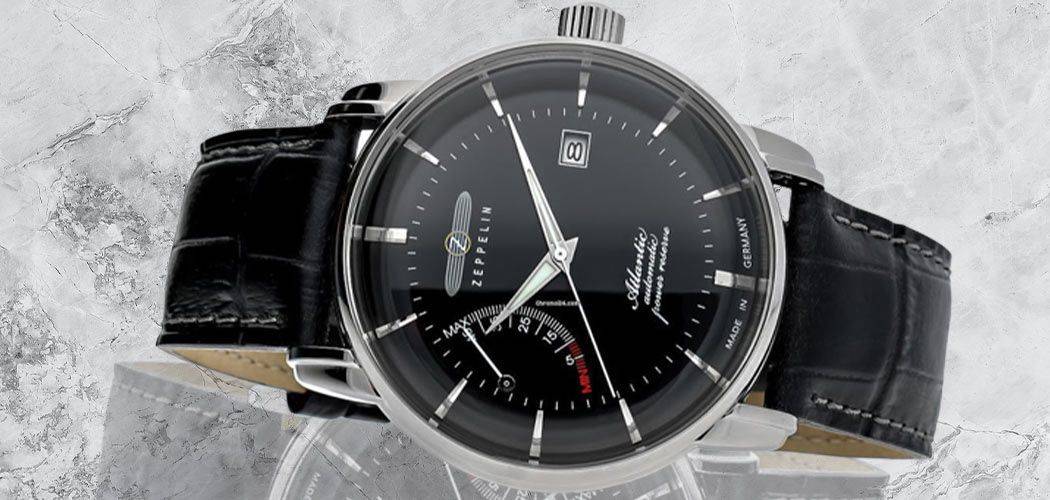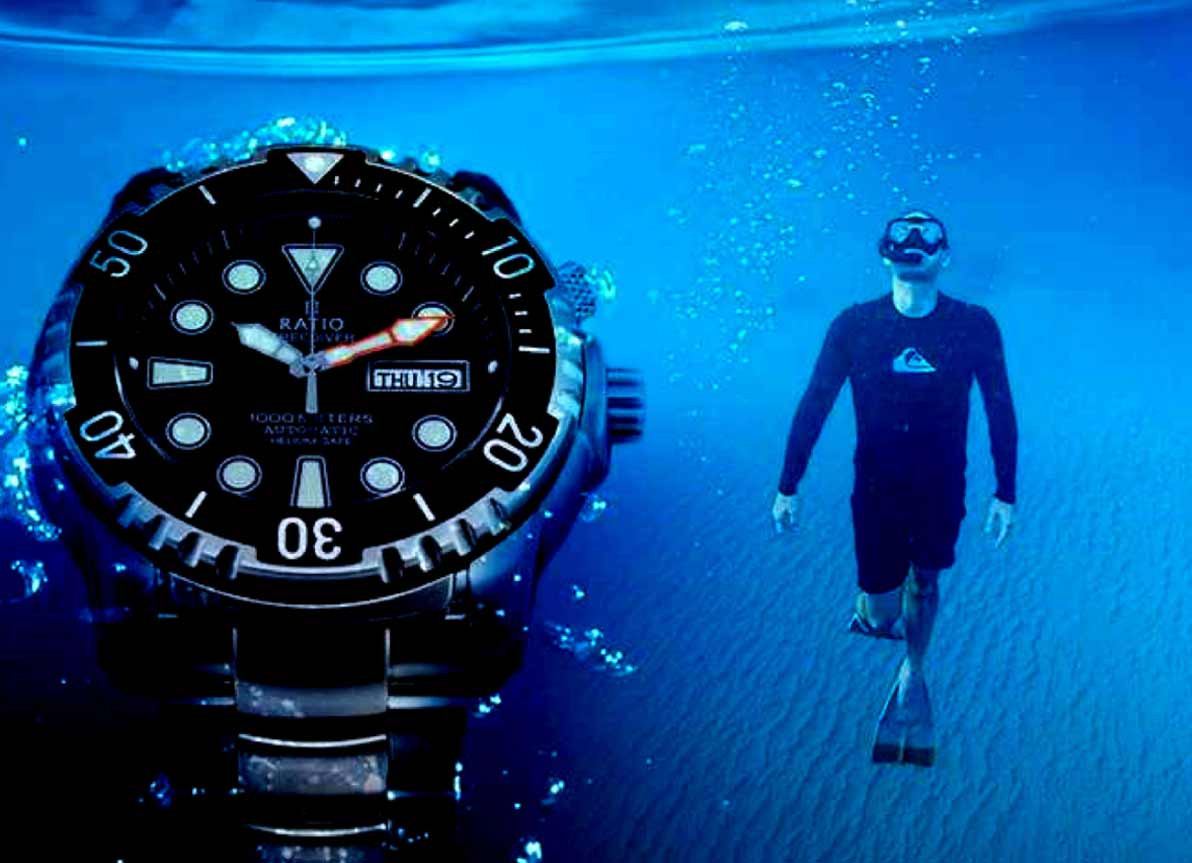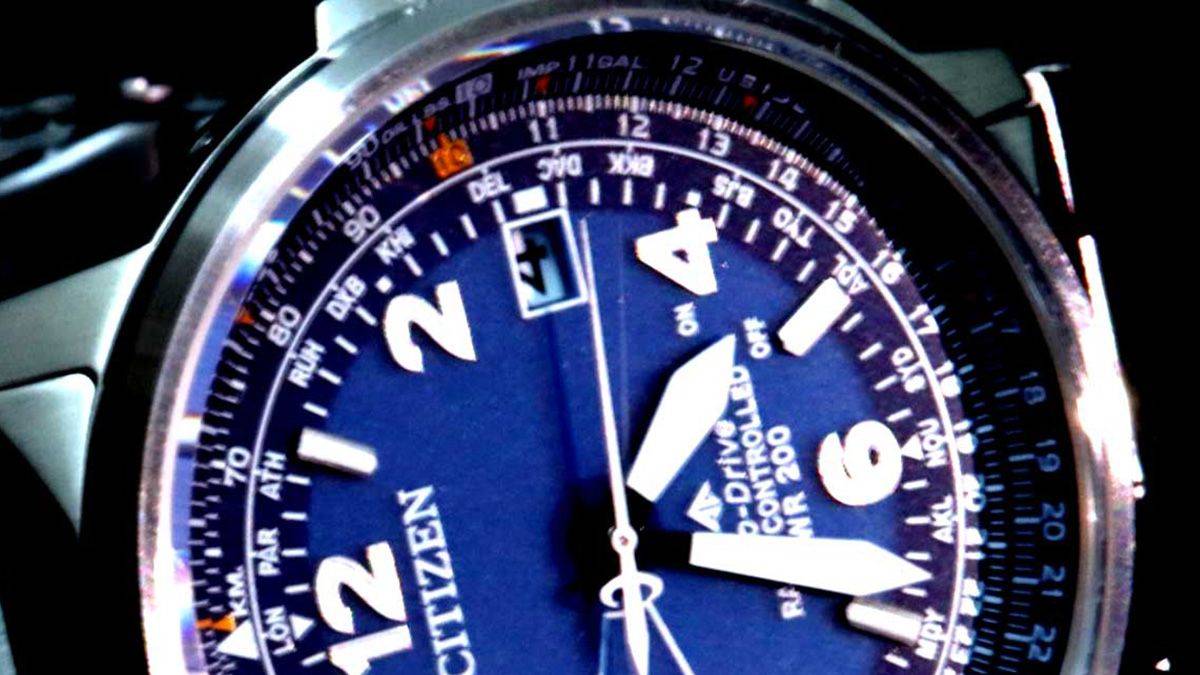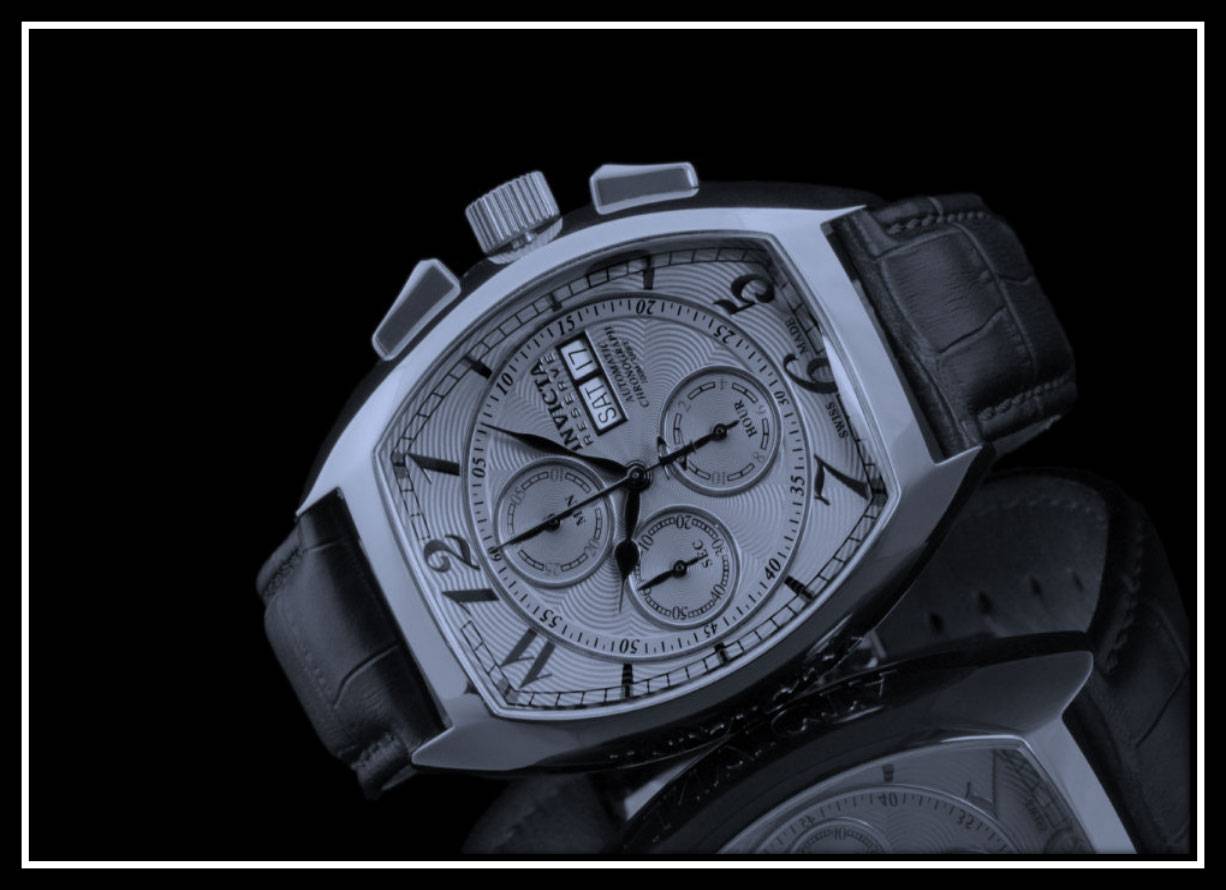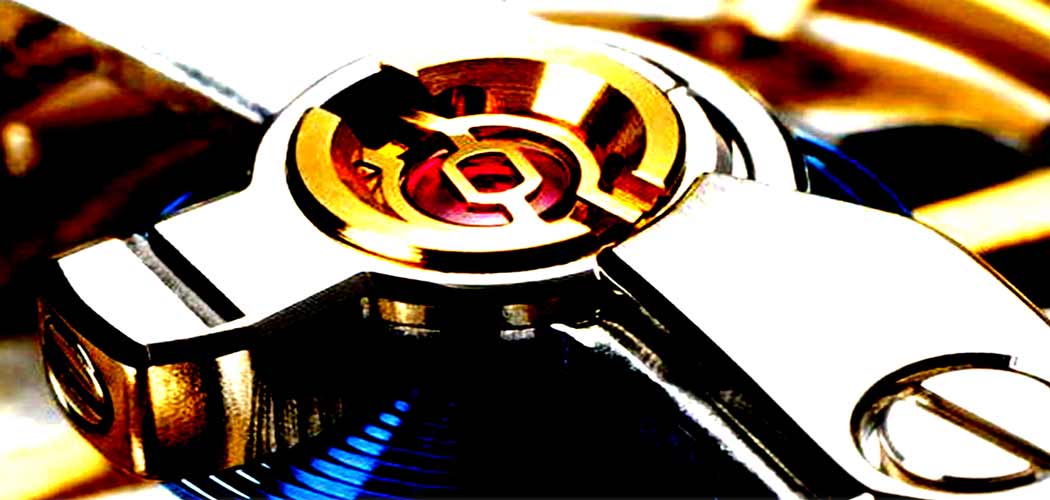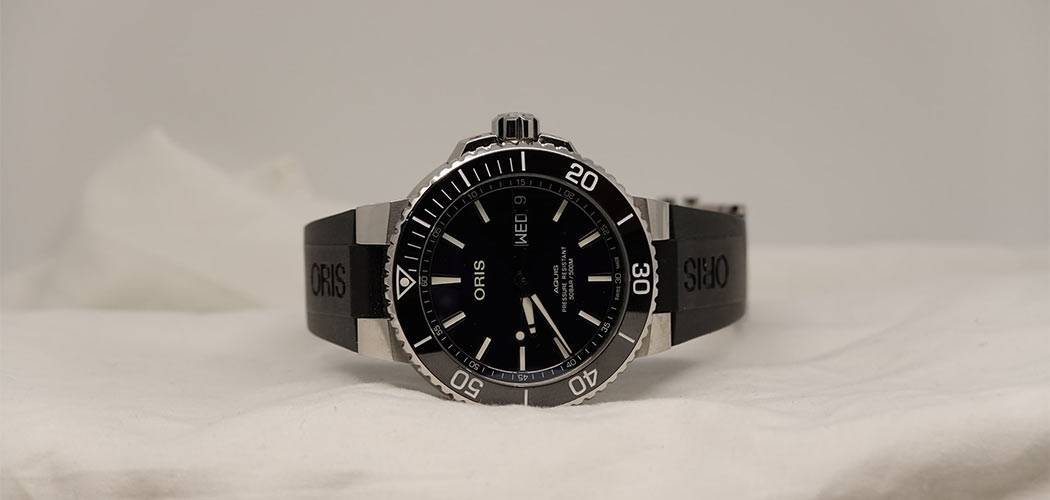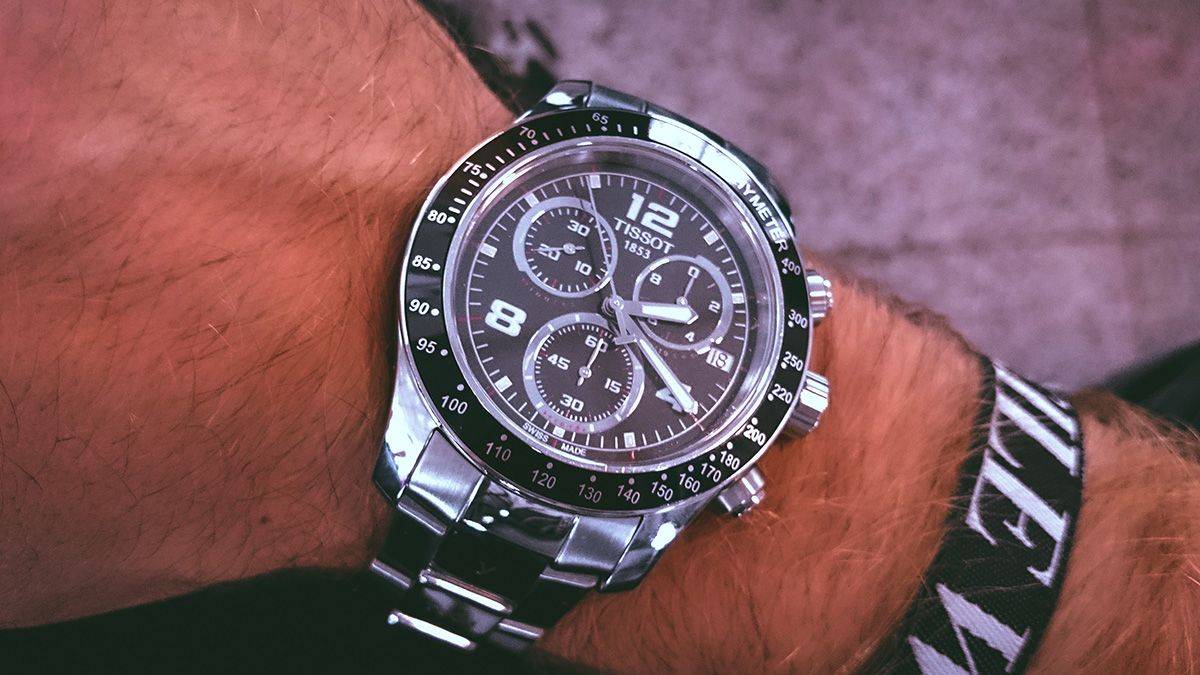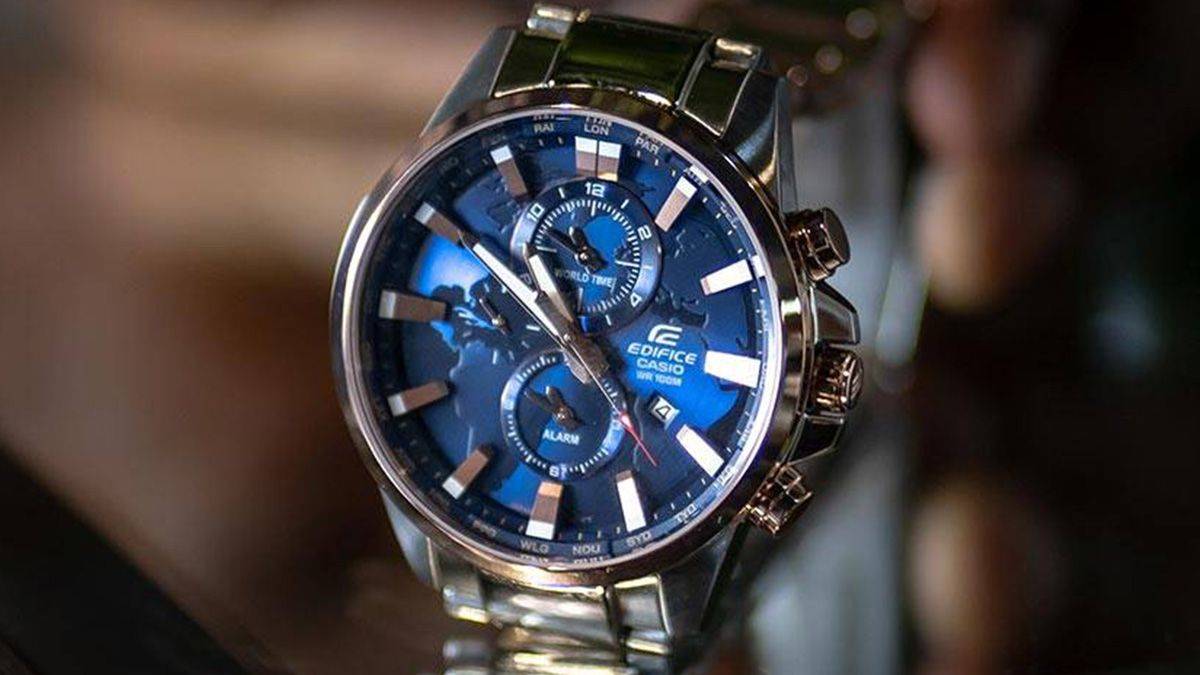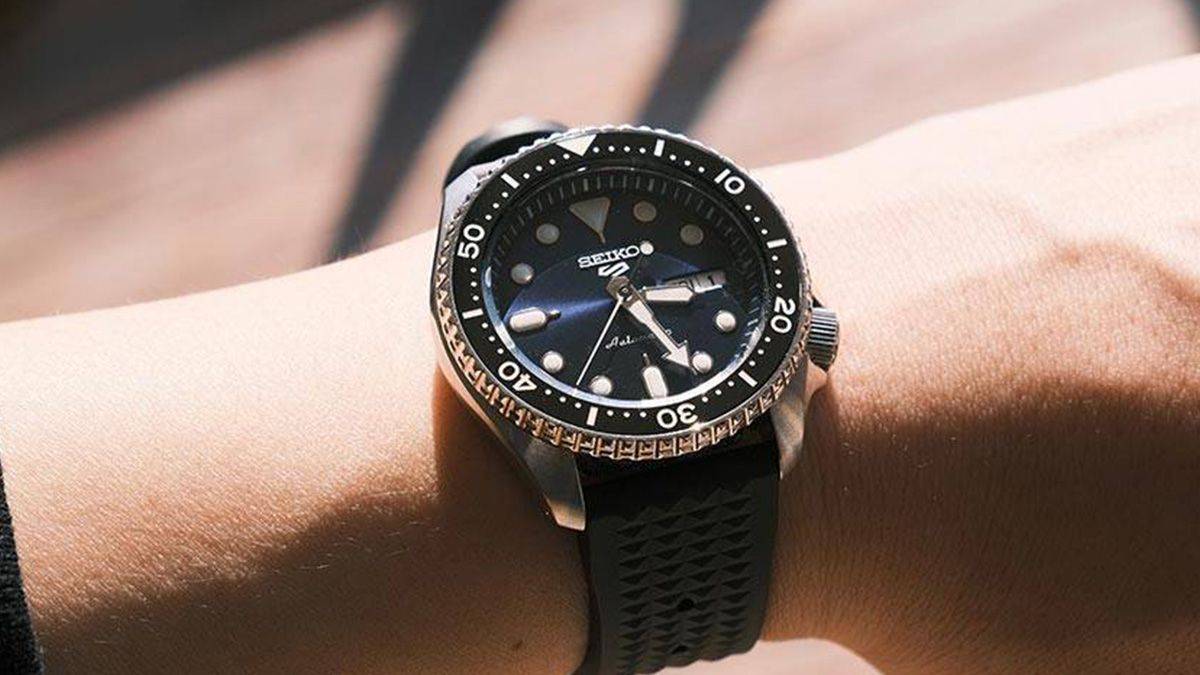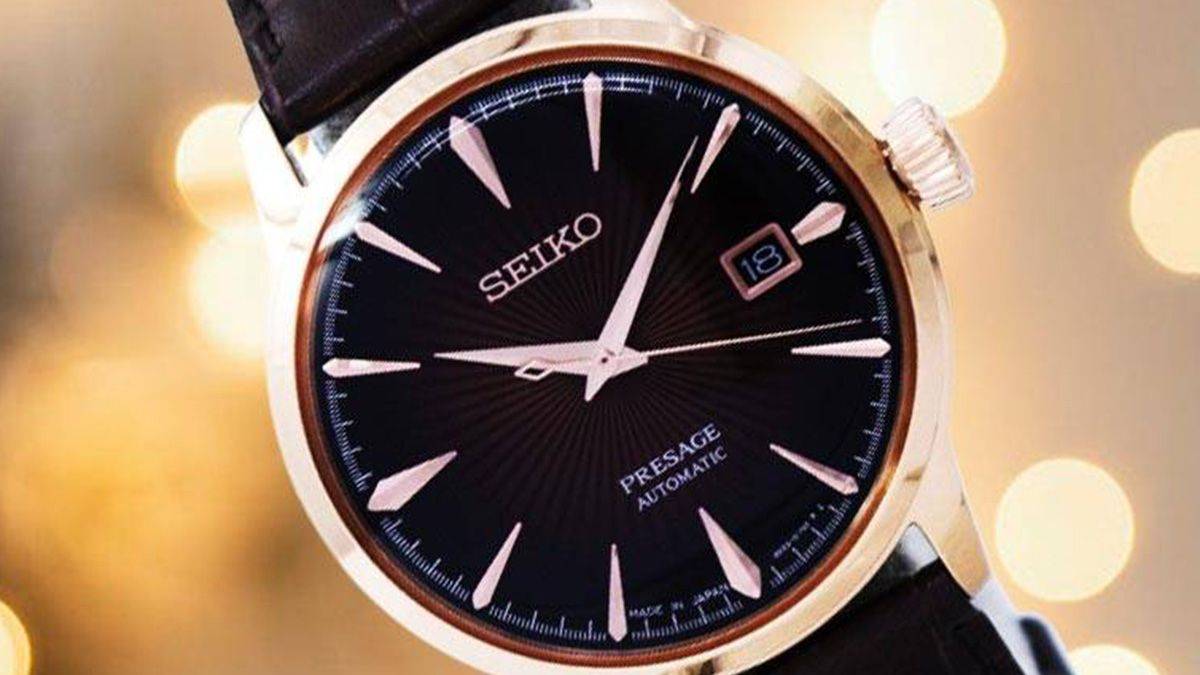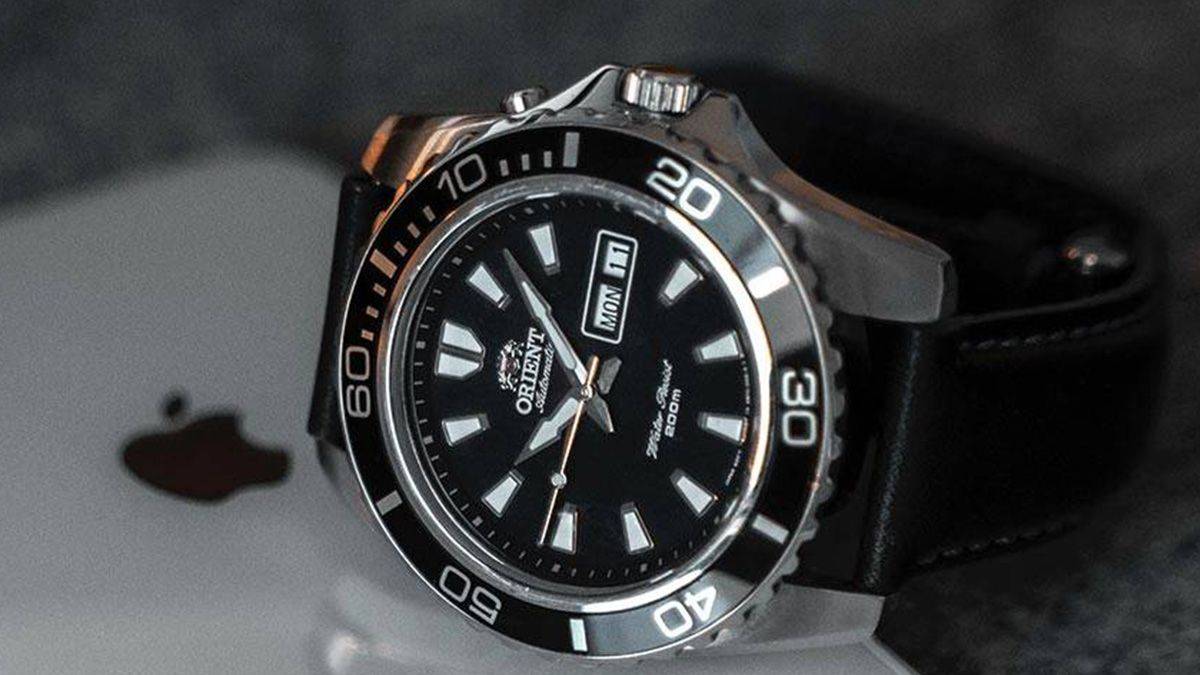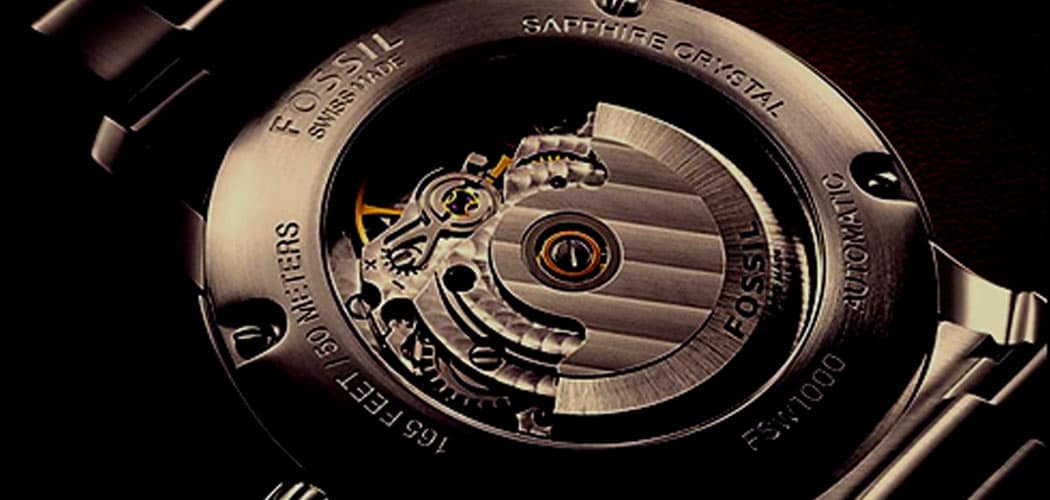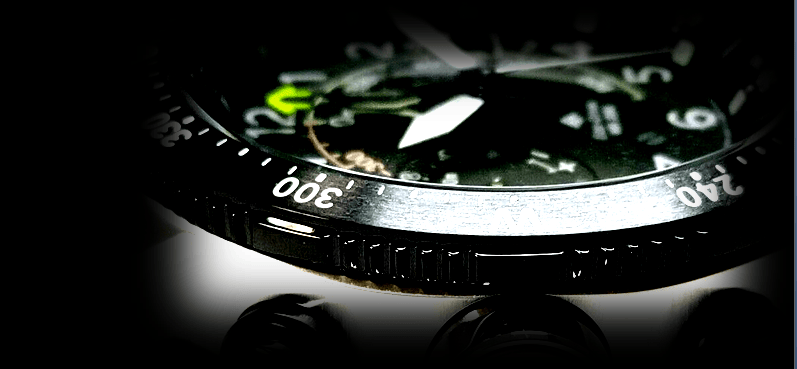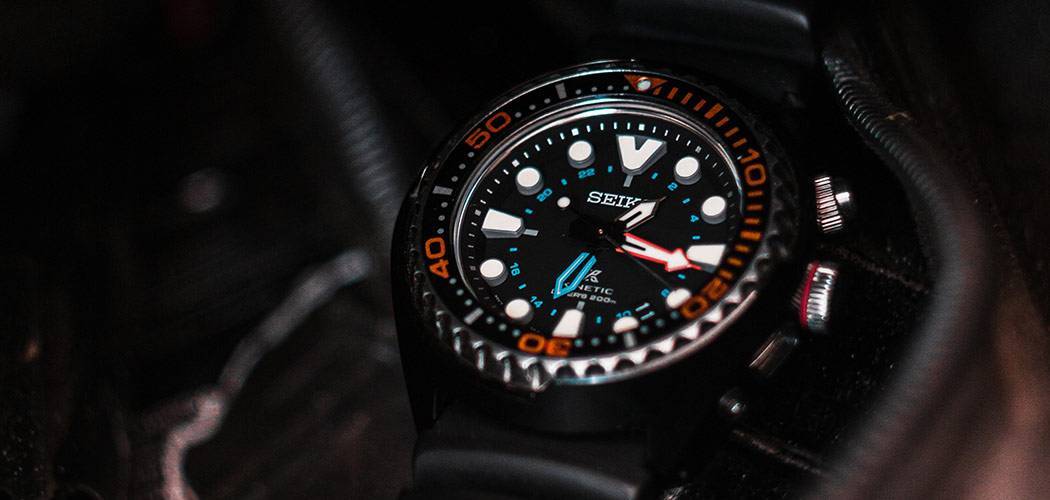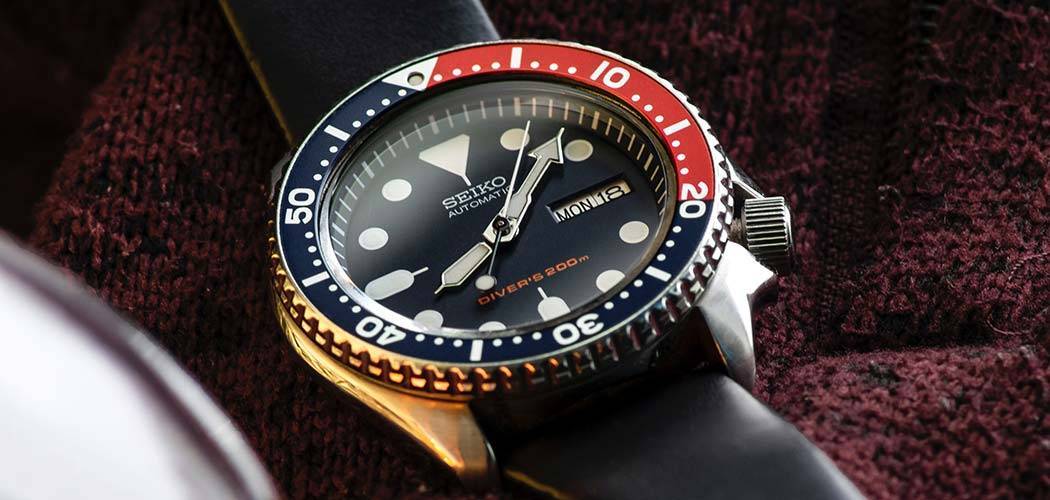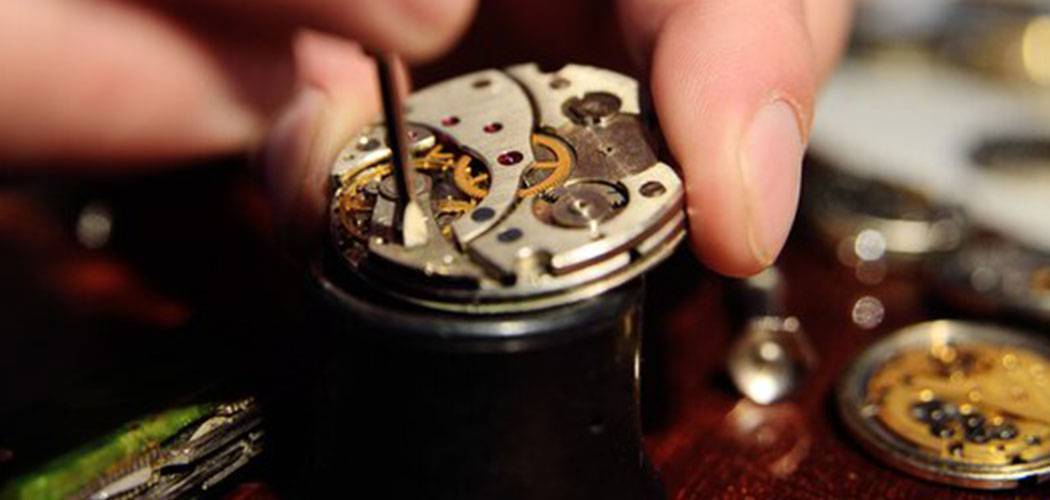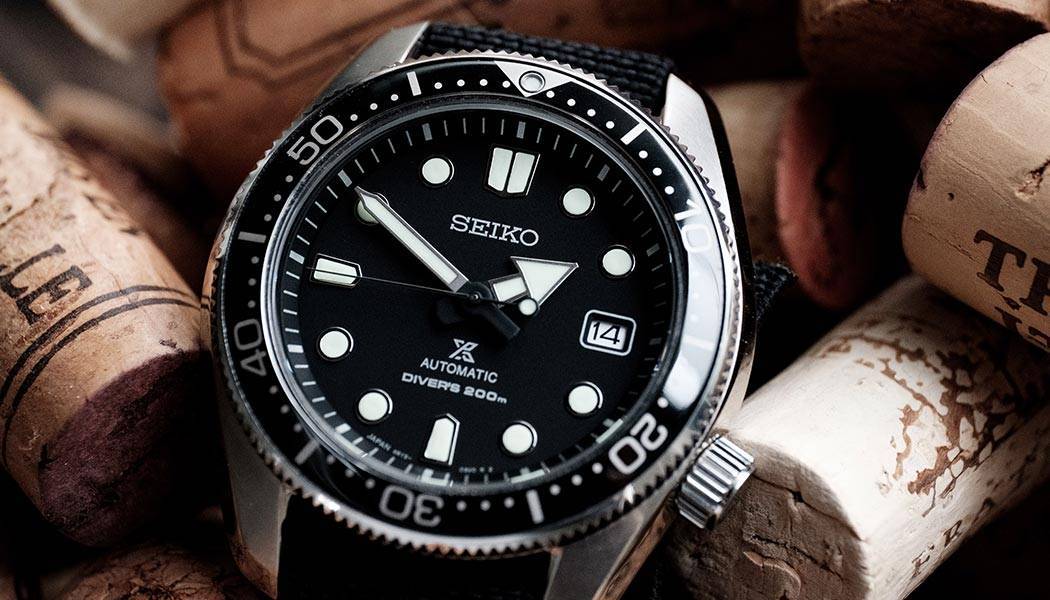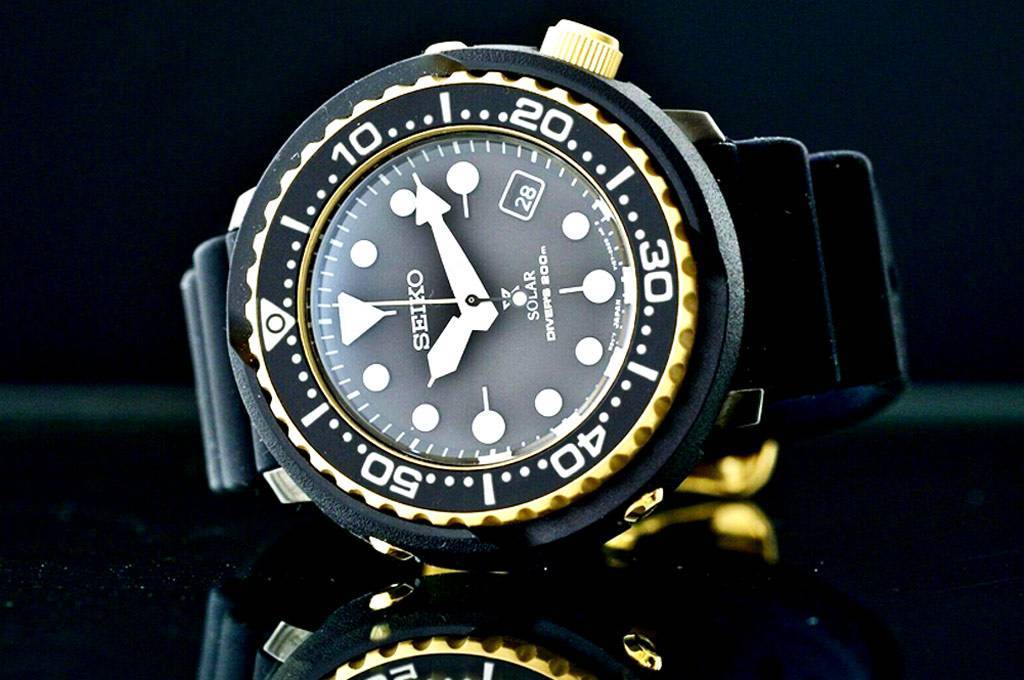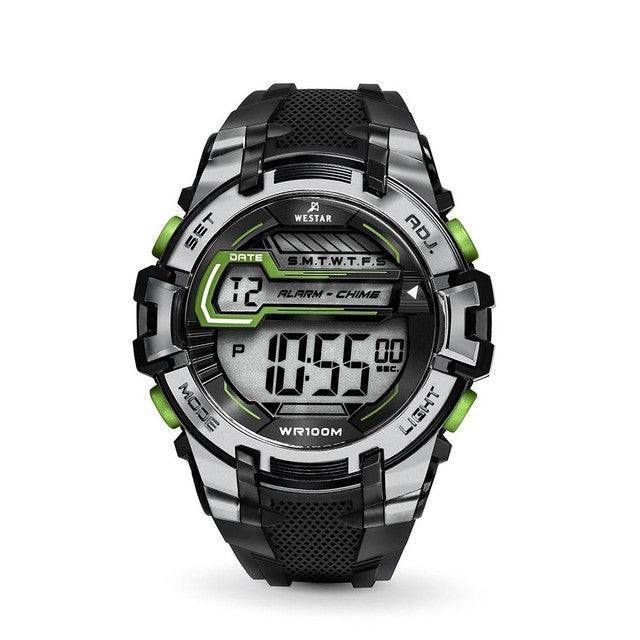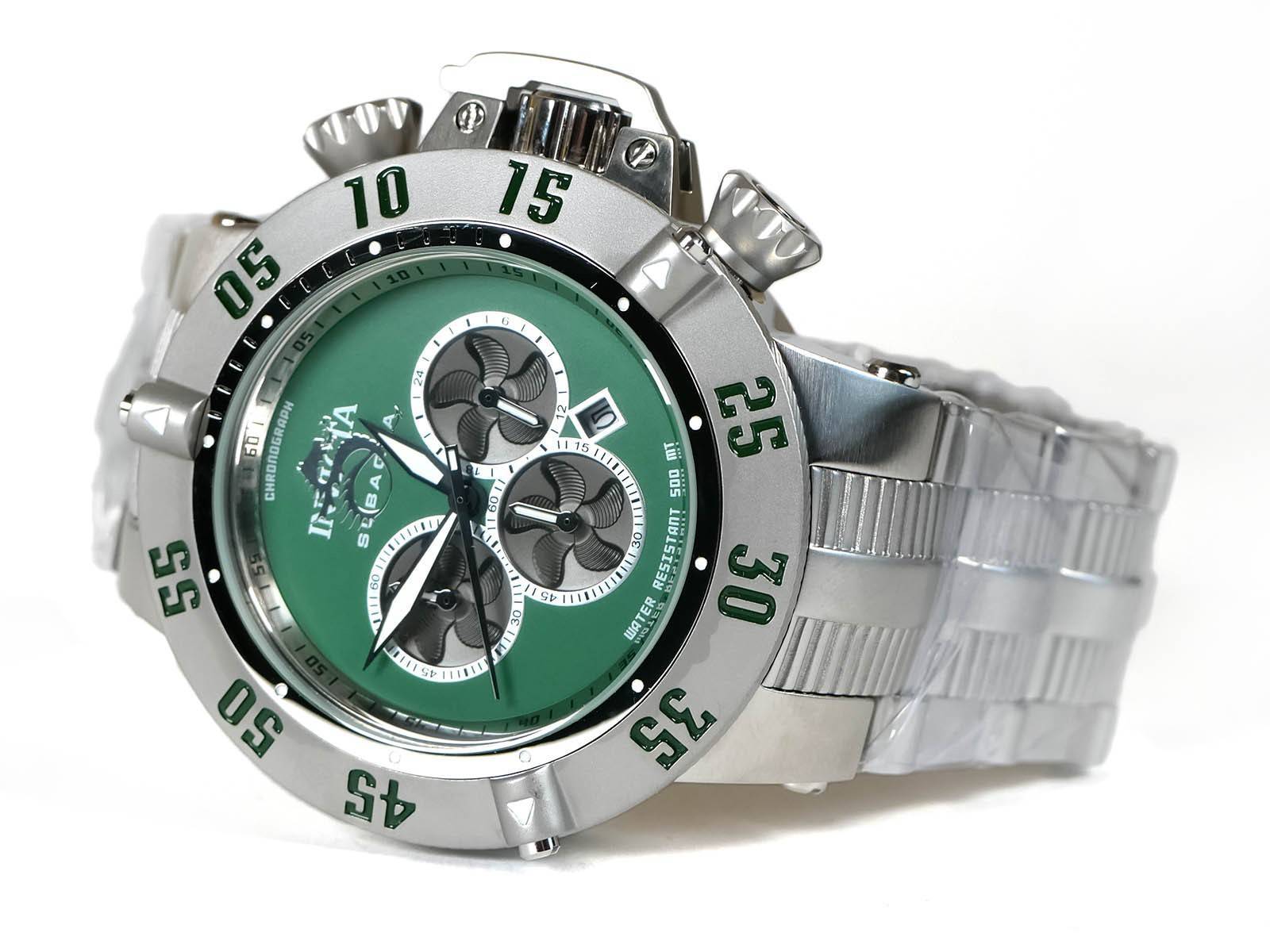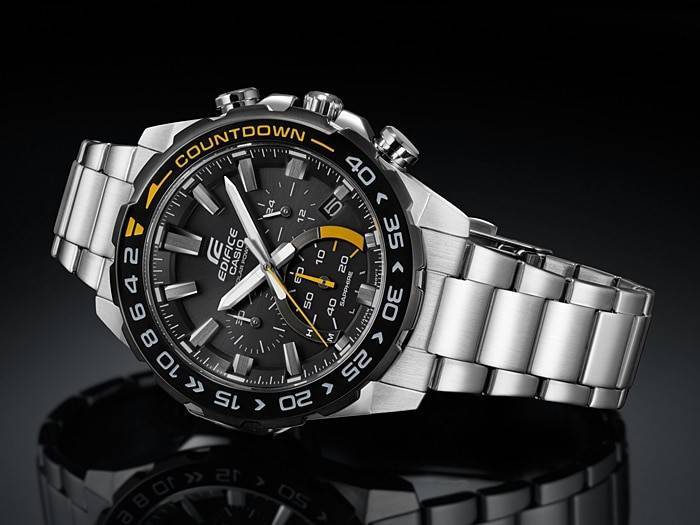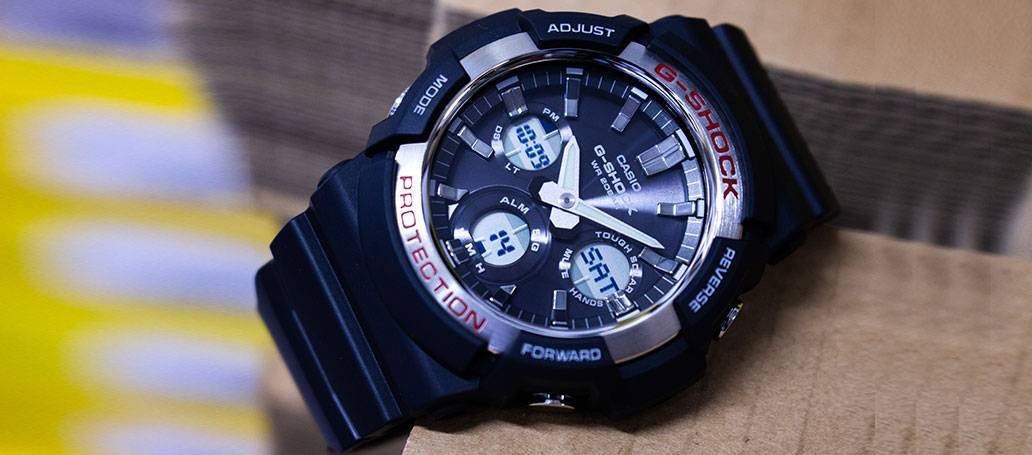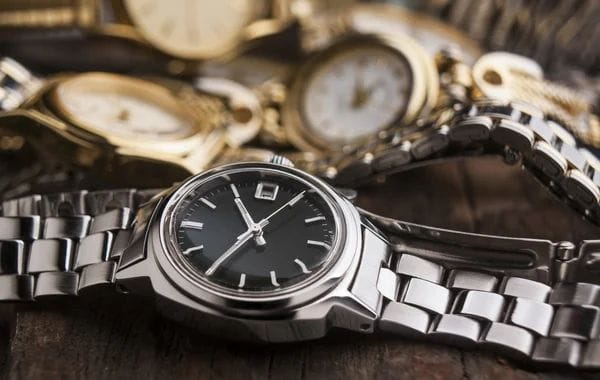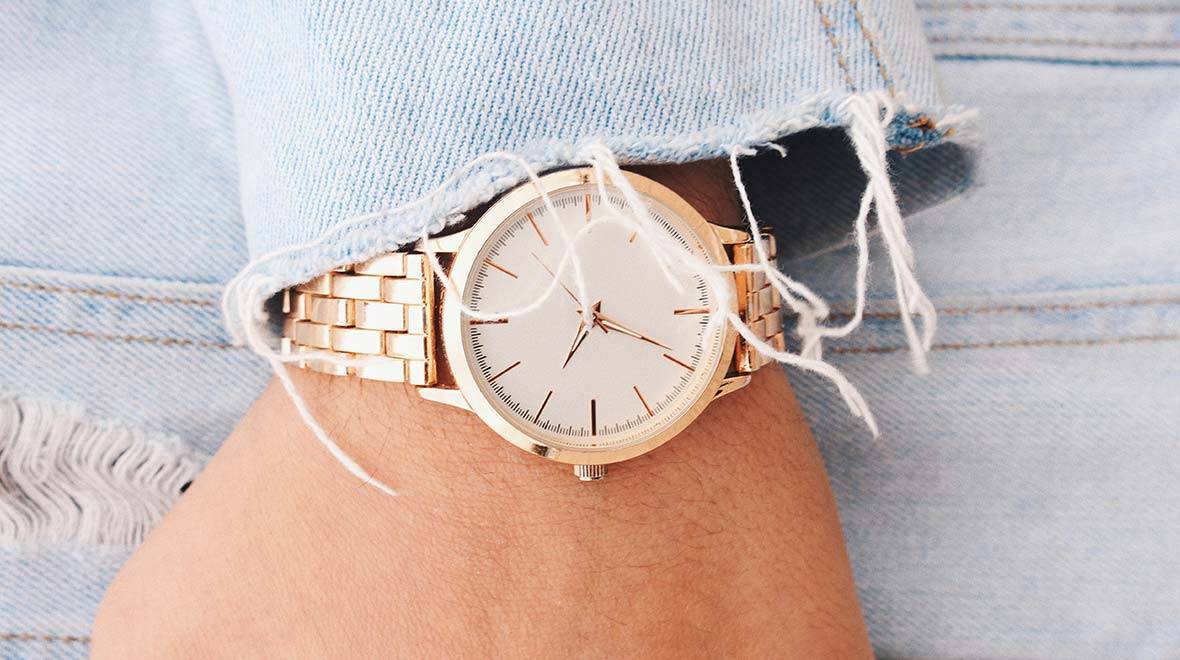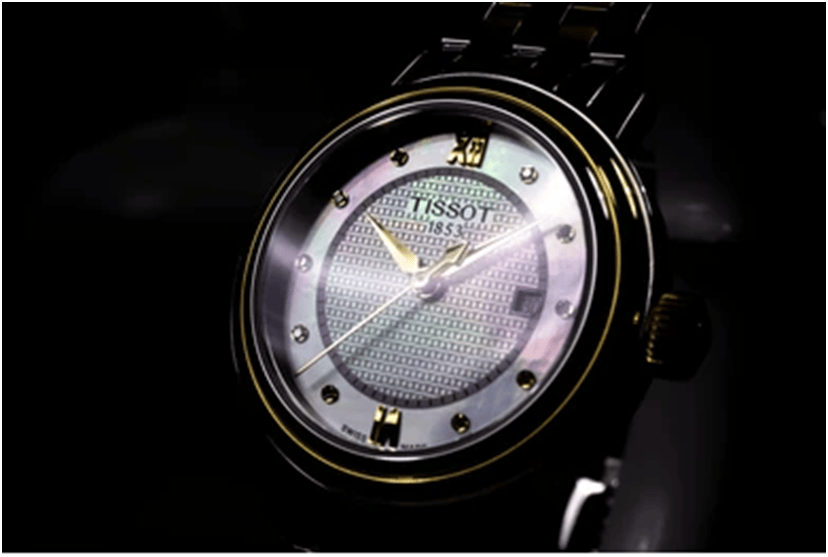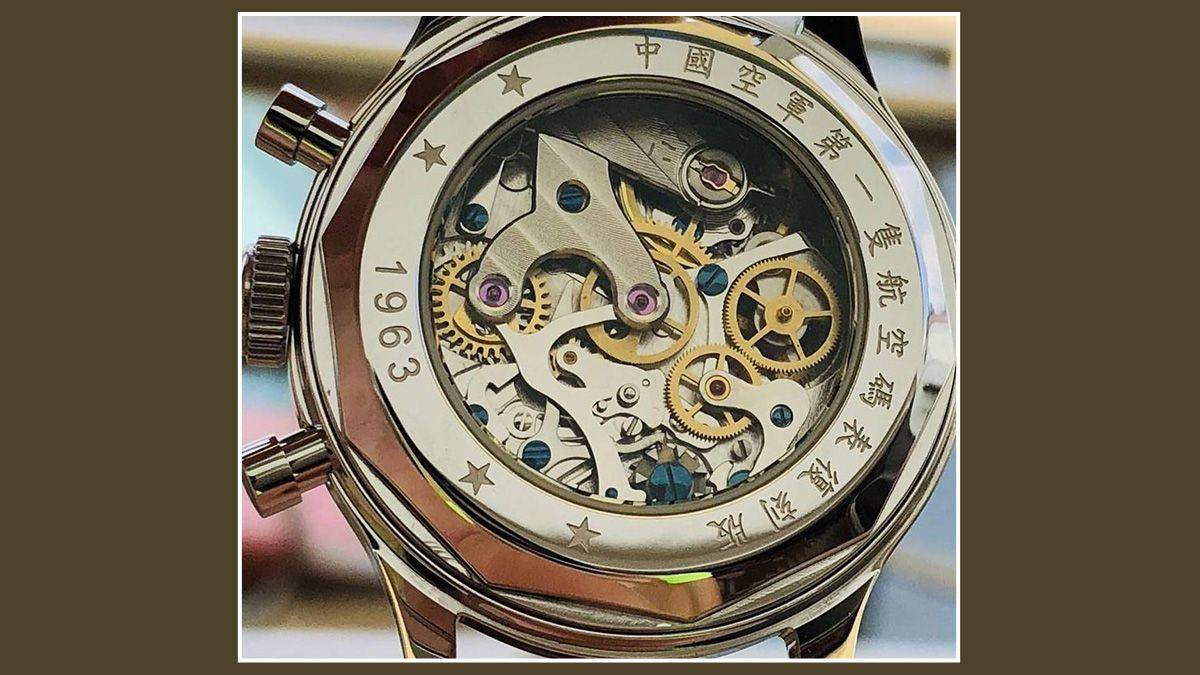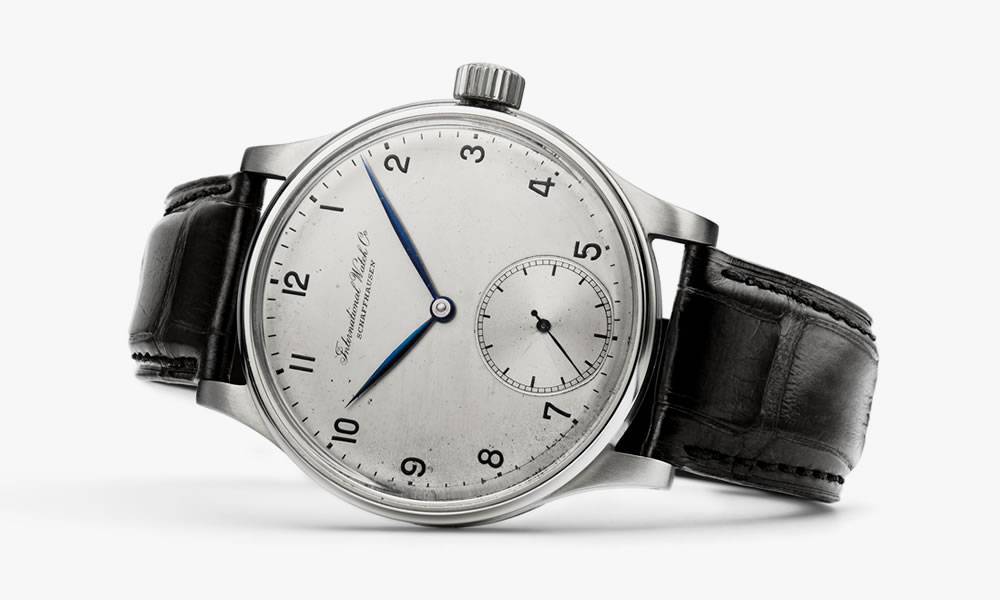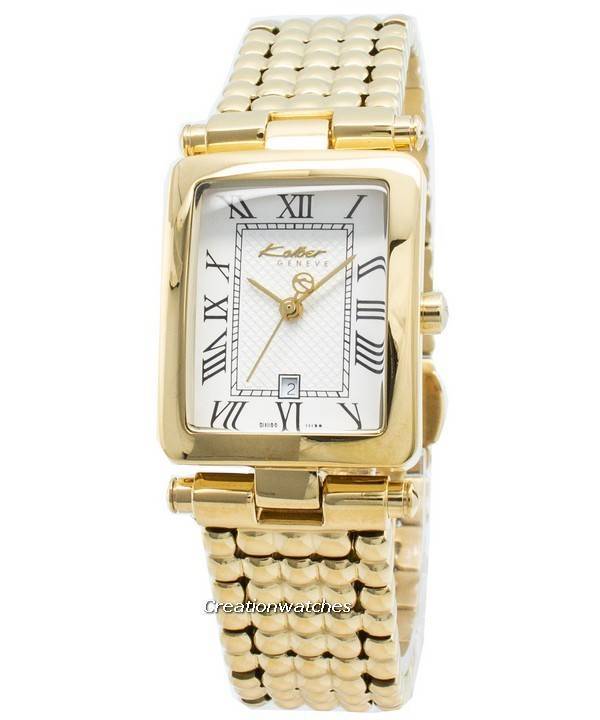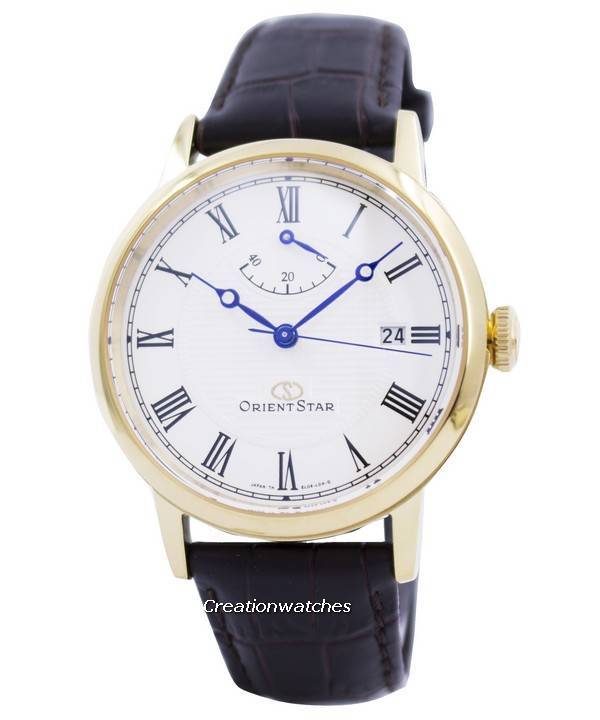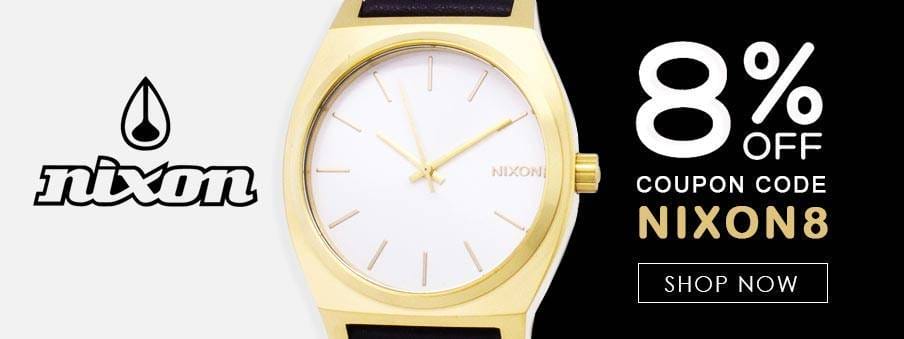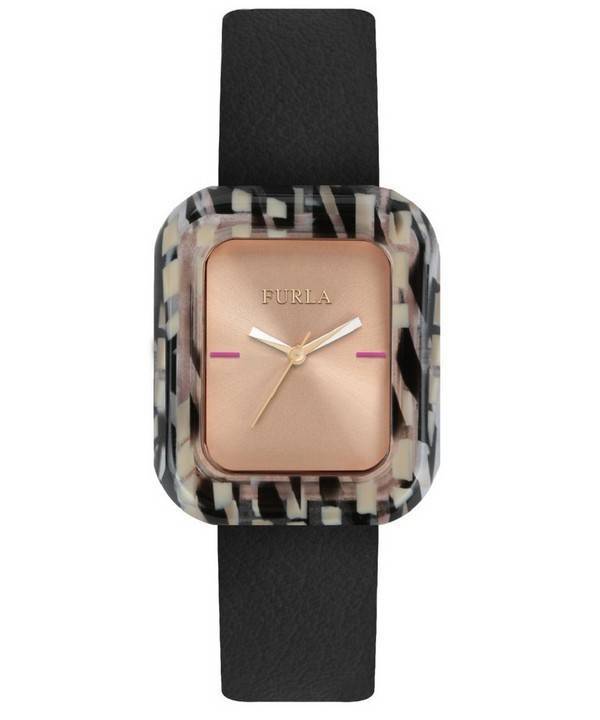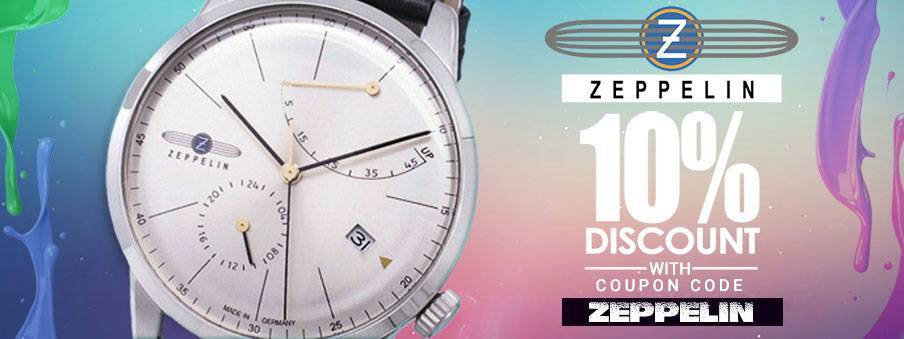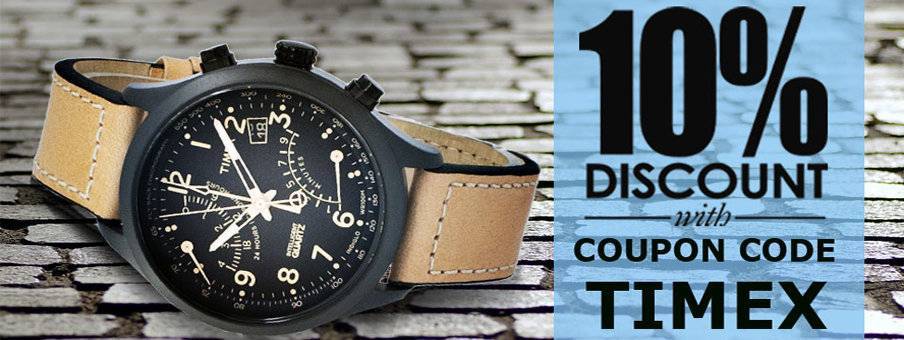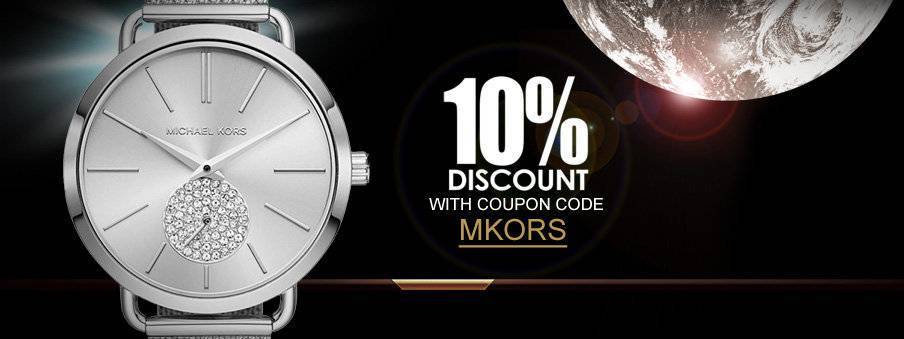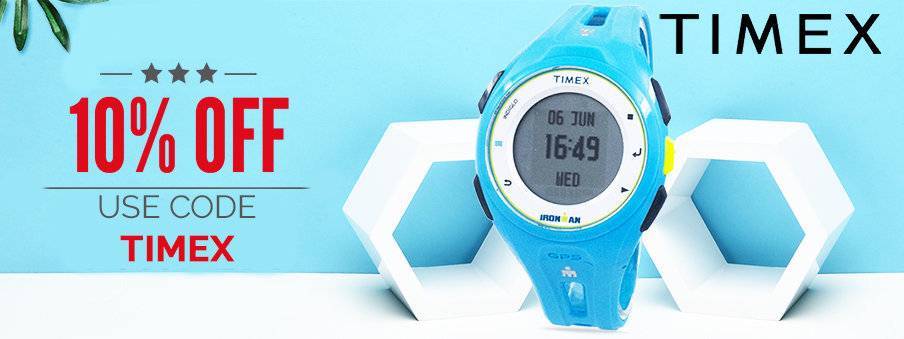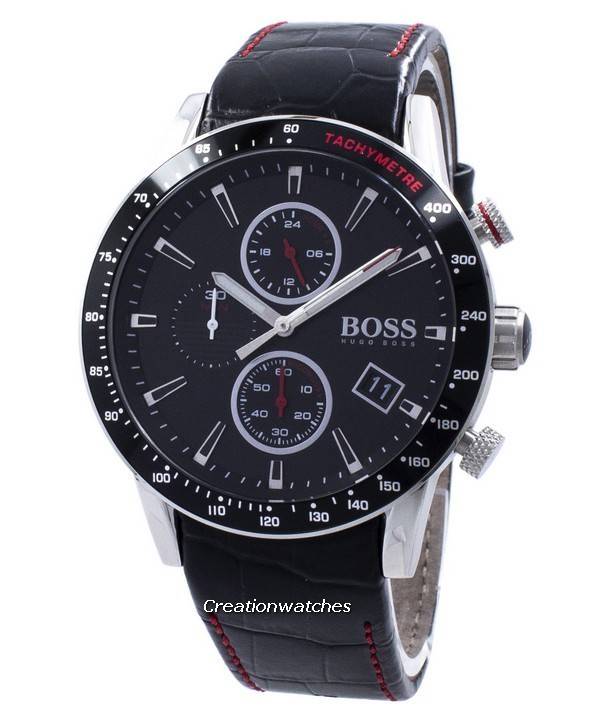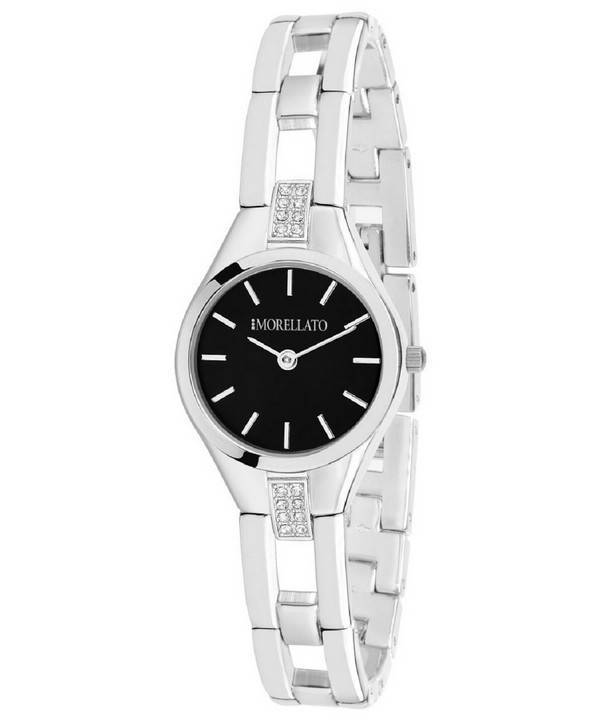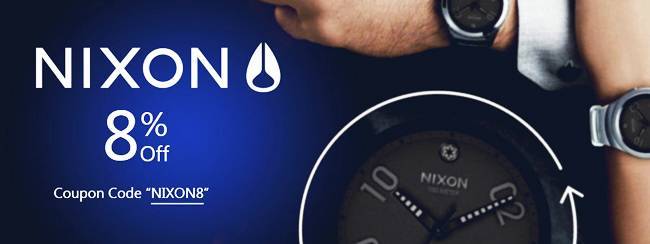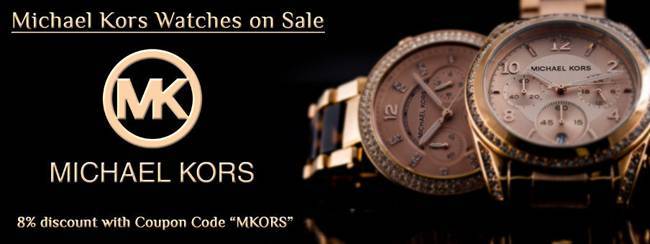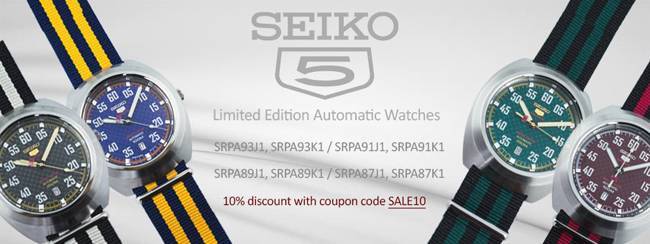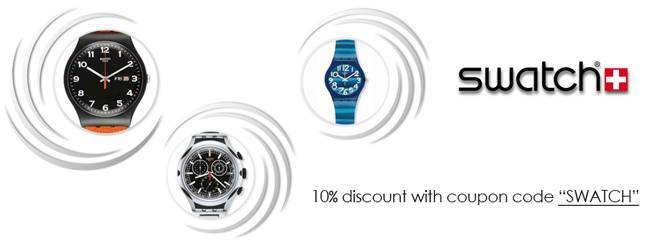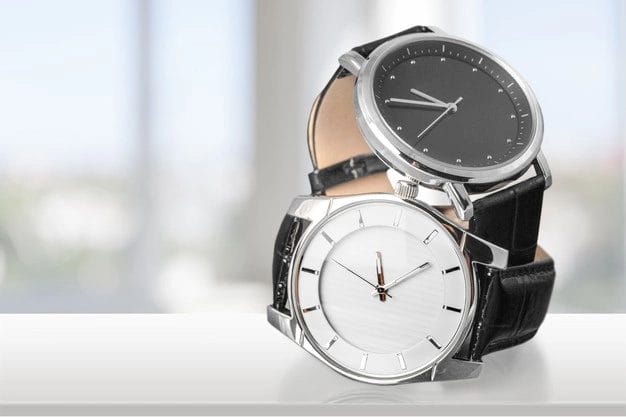
- December 13, 2021
- Watch Gonzo
- 0
Introduction
Trust me, owning an automatic watch doesn’t always require you to shell out thousands or millions. Neither do you need to live the life of a celebrity or an industrialist with pockets deep enough to buy an island in the midst of the Pacific. Or, hobnobbing with the Mafioso! Being the proud owner of a mechanical watch just means someone with a keen eye and a love for precision craftsmanship; a sense of beauty and an affinity for state-of-the-art engineering apart from a good taste.
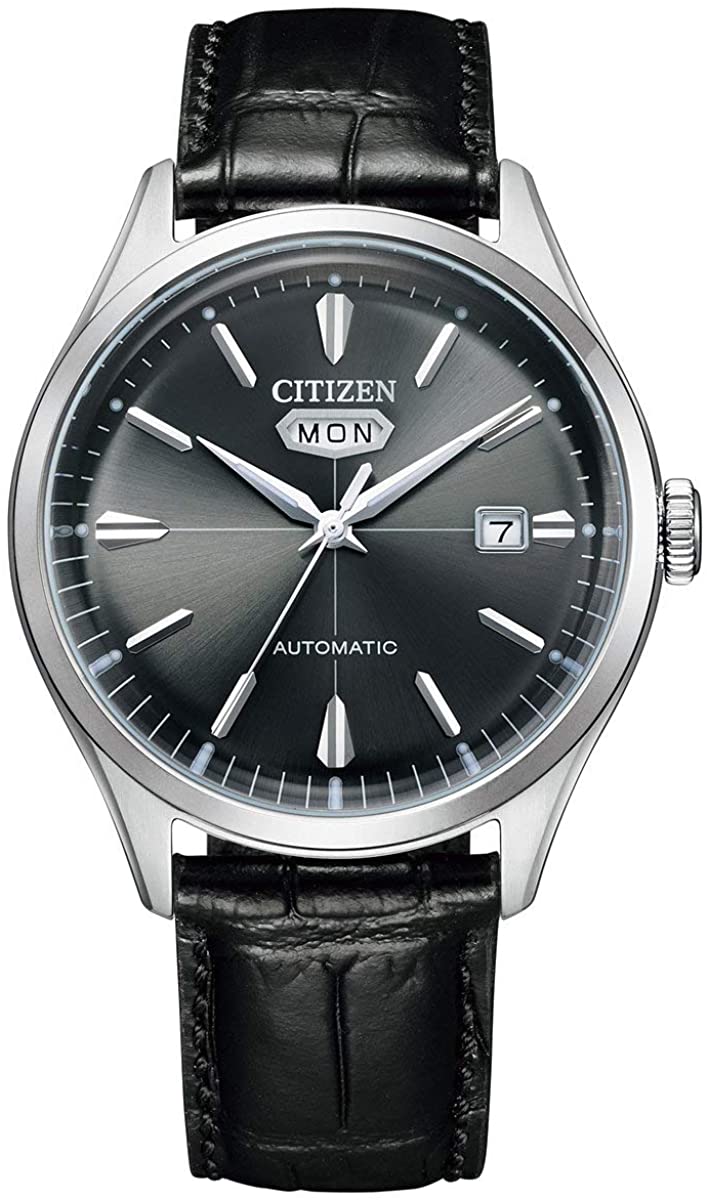
Table of content
Amazing! Beautiful! Innovative!
A Brief recap of basics
Usual stalwarts of affordable, mechanical horology
10 affordable automatic watches to target in 2022!
Countdown Begins
Conclusion
F. A.Q.
Amazing! Beautiful! Innovative!
Everyone likes a good bargain. More so, when the above three words apply. It could be anything that money can buy; a luxury car, luxury glasses, Hors d’Age Cognac or – what we are here to talk about – watches! Premium timepieces worth tens of thousands of dollars; many even more, enough to empty your wallet! They are the topics of discussions just about anywhere!
Our focus, therefore; shall stay upon those offerings even snobs – if they are on budgets – shall admire. It’s a subject we will discuss through a relatively short list that reminds brevity as the soul of expressions. We keep to one within a manageable length.
A Brief recap of basics
- Mechanical isn’t always self-winding. It is roundabout the same technology: self-winding is merely an add-on though its efficiency differs. The mainspring of a watch must remain wound up for the entire mechanism to keep working flawlessly; the self-winding is your insurance against a complete rundown. That saves a whole lot of other complications too; say, an accumulation of lubricants at a specific point (or points) of the movement’s components. It depends upon how well you could keep up to that wind-up routine manually as your chances of buying a hand-wind mechanical.
- Very few automatic movements rise to the level of art. Many just stop being something resembling art. Some, not even anything near to that! These are rather utilitarian machines, but you can find at their every level of construction the stamp of quality; a piece well-built. They are inexpensive, mass-produced movements; from the Swiss Sellita and ETA, all the way to Japanese Seiko and Miyota calibers. Orient; both yes and no. Their movements are for their watches only; they don’t sell stocks. “Yeah” or “Nopes” is completely your own perspective based on your grip over horology as a whole.
- Upper-level haute horlogerie movements are real, big-ticket purchases, justified over strict criteria, often attracting dual (or triple, or quadruple…) viewpoints which might again offer another perspective, shooting completely to the opposite direction, starting another spark that can light up an uncontrolled fire of debates once again. It gets deeper as you go; think about it in your leisure if you have to. Just keep in mind – A mechanical watch movement is almost always not as accurate as quartz and maybe, also not that tough despite some meant to go into pro-grade watches are. They are just as immune to shocks and knocks, the quartz movements alike! These real good mechanical movements outperformed poorly/averagely made quartz movements, both under normal and extreme exposures, over a few days to a few weeks time. Quartz movements too, are no good if there’s no build and material quality; same as the watch.
- An average mass-produced, good quality quartz movement will generally run to within a max of +15 seconds in matters of accuracy, lending themselves to a fair amount of longevity that leaves nothing more to be desired out of them. Still, quite a few stick on and also the watches they house. Components like stepping motors and timing gears are not expensive or difficult to make; that also gave rise to the trend of – “throwing out the old movement and putting in a new one”.
Usual stalwarts of affordable, mechanical horology
Seiko, Orient and Citizen top the list of Japanese watchmakers if you judge by the sales figures and they are corporations; neither Masahiro Kikuno nor Hajime Asaoka or Naoya Hida can match them in matters of units sold. Creating watches single handedly is a whole lot of task. It’s expensive, too.
A midpoint is set by Credor or Minase; even GS and the Citizen (e.g. Caliber 0200) is a part of it, though Credor’s movement finishing is substantially superior with blued-screws and chamfering (including screw-holes) in abundance! The case finishing, too; has a luminosity GS lacks and sometimes, more traditional with no design grammar violation. It’s for the artists not bound by convention, while GS goes for those on the corporate path. It’s hard to tell if it overpowers Citizen in this category; the clear traits of Swiss design – the result of a technical collaboration with La Joux-Perret – make it all the more difficult to offer a clear answer. Or, a final conclusion.
But wait! Where does Orient stand amidst these? While GS and Citizen are at the top ends of – what some might call – normal watchmaking (i.e. nothing too much mind-boggling into the mix; neither complications nor ludicrous decorations) offering some fantastic movements with very high level of finishing, very accurate and built to last; Orient Stars end up some being more impressive than others. The quality of the OS is very, very near to GS; their dials nearly as beautiful as of a GS – however, magnify the watches a few times (3X to 5X would be fine) and the differences will be easy to tell.
You will find OS-hands not as sharp as they seemed with your naked/bespectacled eyes; so are the markers. The OS movements are however, good and reliable with fair amount of accuracy but not like the Royal Orient, better regulated and with movements that are slightly more decorated. Still, with Seiko it seems their level of perfection can be brought only under a threat of Seppuku for every person involved.
With Seiko definitely as the first choice, it’s good to have a Citizen and an Orient Star in your collection, if you want value-for-money.
For them with a slightly higher budget, Hamilton, Raymond Weil, Tissot and Oris would be worthwhile choices. They are the kind of luxury your boss won’t fire you for wearing. But if you are looking for a piece you could just throw around, dip in the mud and wash it off in a stream again; care nothing about the money you’ve put into it, maybe you should just settle for a Ratio!
10 affordable automatic watches to target in 2022
| S. no. | Model | Type | Movement | Check Price |
| 10. | Citizen | C7 | Cal. 8200 40 hours power reserve. | Shop Now |
| 9. | Orient | Bambino (I – IV) | Orient Caliber 48743 & F6722; 40 hours power reserve. | Shop Now |
| 8. | Seiko | Seiko 5 Suit Style | 4R36; 40-hour power reserve | Shop Now |
| 7. | Orient | Star | Calibers: 40A50, 40N52, F6S22, F6N43, F6R42, F6F44, F6922, F6N4440+ hours power reserve. | Shop Now |
| 6. | Orient | Classic | Caliber F6722 F6922 40+ hours power reserve | Shop Now |
| 5. | Hamilton | Hamilton Khaki Aviation Pilot Pioneer Mechanical | H-50, 80 hours power reserve | Shop Now |
| 4. | Ratio | FreeDiver | Seiko NH35, 41 hours; Miyota 8215, 42 hours | Shop Now |
| 3. | Raymond Weil | Freelancer Geneve | RW5200 movement providing a 46-hour power reserve | Shop Now |
| 2. | Tissot | Powermatic 80 | Powermatic 80; 80 hour power reserve | Shop Now |
| 1. | Oris | Aquis | Caliber: 733, 40 hour power reserve | Shop Now |
This list comprises the 10 most sought out collection of pieces that have satiated the craving for both new buyers and seasoned collectors. Casual wearers liked them for their ‘no maintenance’ part, which is also a very big point for active, outdoor men to consider and they had! These are smart, consciously-designed pieces with the most expensive offerings costing lesser than a routine service – say, for a Lange or an AP!
Countdown Begins
- CITIZEN C7: Styles span over Dress, Casual, Formal and Active, with three variations under each, making a total of 12 distinct pieces. In appearance, they share common characteristics. All have mirror and hairline finish on the cases; shiny, metal dials and luminescent hour markers, dots and hands. The difference is in the dial colors and strap options, creating plenty choices to pair impeccably with different styles and occasions. They invoke a hybrid between vintage and futuristic, never crossing the minimalistic boundary. The 21 jewel 8200 automatic movement that goes into the C7 beats at 21,600 bph and is beating since 1975 and survived through the quartz crisis. Some of the 8200 contain 17 jewels, but these are not them. You can read more about the Cal. 8200 here. But wait; where did the C7 appear from?
The C7 is the revived vintage Crystal Seven from 1965!
It was a watch ahead of its time; an automatic that ranks the first among the slimmest; with a scratch-resistant mineral crystal replacing acrylic. Crystal Seven is a short for mineral crystal and 7 days: the day complication window placed under 12 o’clock. Just like in these.
- ORIENT BAMBINO (I , II, III, IV): Versatile timepieces at entry-level price points; Orient, renowned for its upscale, snazzy watches for extremely affordable prices, is an independent subsidiary of Seiko. They are built completely in-house; every component, from the dial to the case to the movement to the straps/bracelets – even the lug pins! The Bambino is quite their baseline dress models but with an unmatched premium feel; something even many entry-/ mid-level Swiss watches fall short to provide. The Bambino exhibits a style clean enough to be worn at high-profile formal occasions and loaded enough not to be called ‘bare’. Still, it has every characteristic to be an amazing watch for them stepping into the world of mechanical watches; for the seasoned ones, Bambino remains a safe bet where you need to portray good taste, class and sophistication without displaying your wealth; or, a lack of it.
The Bambino spans over a wide variety of styles or versions applying over all generations.
- Version 1 has thicker, pointed hour markings and triangular hands.
- Version 2 has Roman Numerals and train-track chapter rings around the outside, turning the dial crowded but in a very sophisticated manner.
- Version 3 is very clean, with Bauhaus-influenced simple, squared-off hands and hour markers at the quadrants are thicker than the rest.
- Version 4 is more like Version 1 but its hour markers and hands are more refined; the seconds-hand tipped in red and the visually larger dials come in sunburst colors.
- Version 5 changes the dial design to quite an extent with new font, curved hands and a slight sunburst effect.
As for the movements, the ‘1st generation Bambino’ uses an Orient Caliber 48743 while Generation 2 onwards, it’s the F6722, a self-winding automatic movement with 22 jewels and 40+ hours power reserve, built in-house in Japan. Orient consistently refers to this caliber as upgraded because of its hacking and hand-winding functionality.
Bambino Open Heart models mostly use the F6T22 movement. The comparatively new Version 5 makes use of Cal. F6724, an upgrade to the caliber 48743 – a workhorse movement. The F6724 offers hacking and hand-winding facilities unlike the 48743. The F6724 has become the standard for Orient premium watches.
- Seiko 5 Sports Suits Style: This new Seiko 5 line relies upon the Seiko 5 philosophy while retaining the legacy and aesthetics of the revered SKX007. 27 variations in all diver-like styling, using the same case and bezel structure with varying finishes. While colors, finish, mount and styles vary, the case dimensions, features and the movement are staples. Also, the protected crown.
With the SKX007 produced no more, the new Seiko 5 stands as its true successor.
They are for certain improved versions of the usual Seiko 5 we come across; you may call it a generational jump. Their transformation – from being 7S26-bearers to 4R36-dependent – brought hacking and hand-winding capabilities; previously unavailable with the 7S26. The 40-hour power reserve, the 3 Hz (21,600 vph) beat-rate and an improved accuracy than Cal.7S26/36; though, shoot the prices a bit up.
Seiko honors the watch-modding culture through the new Seiko 5. It sits bit tall, still flat even on slender wrists; this is for a very, very agreeable distance between the lugs. The crown placement ensures it doesn’t bite into your wrist. Its action; however, feels much robust than in any of the previous Seiko 5 or SKX than you might have fiddled with.
- Orient Star: The most astonishing aspect of the beautiful Star is its midcentury elegance presented at mid-three figures without cutting down on a respectable movement, although upon close inspection, lacking the Euro prestige, the kind present in fine Swiss or German or French watches. Still, they cover a broader range, offering dress, formal and sports options, some overthrowing Swiss watches around the $1000 category.
Orient Watch manufactures and produces entire watches in-house; pure and real. Even big-ticket Swiss brands use stock movements unlike the far less expensive Star. One of such Orient calibers is the Cal. 46 series that speaks volumes on the quality of Orient, followed by Cal. F6 series (with hacking and hand winding functions)…all pointing towards total value in return for your money. Most of these watches got a lot going on their dials; they sport cool, vintage-inspired looks and are always fitting into any social situation with their interesting dynamics. Also, you can’t get power reserves or retrograde features at this price from any other brand.
- Orient Classic: Aesthetically pleasing, perfectly harmonious with their best and not-so-great features, Orient Classic help you take the perfect decision if a vintage vibe is what you need. These are alluring beauties; some with small seconds, some with Open Hearts. There are Classic 3-handers; added complications and if you want, in quartz versions too! Consider the Classic as your first step towards haute horology while Star marks the second!
5. Hamilton Khaki Aviation Pilot Pioneer: Hamilton’s rich history in military watchmaking is undeniable! The Hamilton Khaki Aviation Pilot Pioneer Mechanical follows the tradition, becoming a tough and reliable tool, built better than what the US armed forces received during WWII. The large and extremely legible dials with cathedral hands carry the spirit and aesthetics of the ‘30s and ‘40s military watches.
Hamilton has put the H-50 movement (based on the ETA 2801-2) for use in the Hamilton Khaki Aviation Pilot Pioneer Mechanical. They’ve been given a better-than-average 80-hour power reserve without reducing its robustness or accuracy.
- Ratio FreeDiver Automatic: Comparatively a new entrant into the automatic watch domain, Ratio Freediver automatic watches use stock movements from Seiko (NH35/36/A) and Citizen (Miyota 8215). Among all the models, the Ratio FreeDiver Professional 500M Sapphire Automatic is a rare breed; if 300m is too less for you and you really don’t need to go down all the 1000 m, this 500m Ratio Freediver Automatic shall save your day as well as a fair bit of money. More on Cal. 8215 here.3. Raymond Weil Freelancer Geneve: An automatic, mechanical chronograph watch, powered by the ETA 7750 which, as a base movement, arguably, has no parallel. This reliable mechanical movement finds place within a casing built by a Swiss, horologers’ family, making watches over generations. An inexpensive stance (compared to other Swiss watches of RW standard) offering an excellent value.
2. Tissot Powermatic 80: The name in fact refers to a particular type of movement storing 80 hours worth of running power and spans over a large range of models including the Le Locle, the T-Sport Seastar, theT-Classic , the Chemin Des Tourelles, the Gentleman, the Tradition or the Ballade. You can read about them in details here. However, to keep things short and sweet, know that The Tissot Powermatic 80 Automatic Caliber ushered the watch-loving community towards a new era of ultra-precise, low-cost mechanical movements with high power-storage capacities in 2013.
At a first glance it´s just another ETA caliber. Upon closer inspection, the Powermatic 80 Automatic caliber is a silent watchmaking revolution that pushes the limits in terms of both power reserve and precision. It has its index-assembly system removed and therefore, the high-tech escapement has no regulator; the rate set with a laser.
- Oris Aquis: The Oris Aquis is a great watch for anyone looking for that one good watch with a good automatic movement and great water resistance and a bezel to play around with at will. Greatly immune to physical shocks and a fair bit of magnetism, it’s just the huge variation in dial colors and strap choices that might pose some problem selecting. The Oris caliber 733 is an automatic movement based on the Sellita caliber SW200-1. It has 26 Jewels a Power Reserve of 38 hours and a beat-rate of 4Hz.or 28,800 bph,
Conclusion
So, after looking at 10 of the most affordable automatic mechanical watch families today, you must have estimated what you need to stand out from the crowd and what should suffice a low-key, daily, go-to wear. Surprisingly, these watches do not compete against each other, for their respective area of functions – apart from telling time – is well-defined and stays so instead of becoming increasingly blurred with the large number of variants under each of them. That’s largely because these brands play a different game at a more personal, closer level; letting you take more risks in matters of usage, which is not just about telling the time or the day or the date but about telling them precisely over extended periods without the requirement for intense maintenance schedules.
That said, it’s our firmest belief that inevitably, the question about the top 10 mechanical, automatic watches centers upon which one is more accurate than the average? And whether this depends upon further criteria?
This brings us to the fact that ranking watches by accuracy is no easy task considering the regulation standards and possible deviations and also that by sales volume alone, citing would also be misleading.
The truest way, is therefore, to get one for yourself and finding out the answers over time.
Frequently Asked Questions [F.A.Q.]
1. Which is the best automatic watch in the world?
An interesting question and thinking about an answer to it is – if nothing else, then – an entertaining and – no shame in admitting – a challenging one. It’s easier to pick 10 or 20 best of the lot pieces and that’s what most of us do; arbitrary as it might be, still it stops you from getting judgmental. A fair bit of being judgmental stays associated in picking the hautest 5 or 10 or 15 or 20 – even 25 or maybe even 100 – however; that’s not as extreme as boiling down to that top, single piece wearing the crown of supremacy!
It would have been rather unfair not to mention the fun part of it. Or, if we may call it, an advantage! Forcing yourself to be selective when you might pretty well choose otherwise not to be so; involve a deeper, stressful thought process about what you would leave out and what you’d pull in. In a time when eyes almost always follow mostly the digital screens and tags the mind along with, it would prove a fair bit of exercise to put some lifeblood back into the cranial cavity.
We are not to count the number of possibilities therefore, this time. A far more certain way to appear at the final judgment would be looking at just five who hold the strongest potentials – in one way or the other – to be called upon as the Best Automatic Watch in the World!
- Omega Moonwatch: Or if you may like it this way – the Speedmaster Professional! It was worn during the Apollo Program; even for Skylab and a few other Space Shuttle missions. Today also it finds use in manned space flights. What survives the space is ought to be called the best!
- Audemars Piguet Royal Oak “JUMBO” EXTRA-THIN: Some call it unreasonably expensive and it is a reasonable assertion; however, isn’t it pretty much valid for any luxury watch nowadays? Why blame just AP? But then again, if you clearly want an elegant watch (an elegant, thin movement included), any other name would be a compromise. It’s the 15202 pureblood that fits the bill in every aspect of this particular aspect; if that’s the movement you’d like to go into any other new, modern watch, even in steel it’s going to cost you frightening sums!
- Patek Philippe Grandmaster Chime: If extravagance is your drug, look no further! Took 11 years to build, the Grandmaster Chimeis the most complicated Patek Philippe wristwatch ever made. It has twenty complications built into it; a reversible case and two independent dials.
- Rolex Submariner: It shares the same status as a 1911 in the sense, just like the 1911 has set the basic operational model for all semi-automatic handguns to come, the Submariner has established the design vocabulary for every modern diver’s watch; itself undergoing regular upgrades and updates rather than resting on its laurels. It’s constantly evolving and improving, even today.
- Grand Seiko: An admiration for the GS is perennial from watch lovers around the world for its certain aspects about its design language have persisted over the years. Moreover, GS surpasses COSC standards.
2. Are automatic watches any good?
As young collectors, many tend to ask if the watch they are wearing is a good watch and take other’s opinions very seriously when going for the next purchase. Often, that way, the worth of the watch is mostly determined by what you’ve paid for it and amusingly, they are almost not always happy to hear “it depends” as an answer to the first question and that price alone can’t be the judging factor for expressing an opinion that would either glorify or demean the compact pieces of engineering known as the mechanical, automatic watches otherwise.
To stay far from that risible instance of enquiry, let’s look into the truth. Generalizing automatic watches as cumbersome, high-maintenance, high-priced possession is absurd, since plenty counterexamples exist. However it is also true that mechanical watches, in general, are more expensive than quartz, but the automatic mechanical watch is worth in terms of effort expended in making it, which is far greater than what goes into quartz; something you can always admire for its beauty or for some other surprisingly similar reason which is not quite perceivable by others.
3. What is the longest lasting automatic watch?
The current record holder for the wristwatch with the longest power reserve is the Hublot MP-05 LaFerrari. Its monumental power reserve amounts to a total of 50 days (1,200 hours). Hublot installs 11 centrally-mounted and coupled mainspring barrels to create this so impressive power reserve and throws in a dedicated power tool into the package just to wind-up the watch fully!
Is it desirable? Well, for a watch costing in five figures that’s a definitely a yes, since the beat rate will not be compromised under any circumstance but that’s not the case with a watch costing in three figures or maybe even four figures, in that case. An extremely long power reserve is not a priority since it affects the compactness to great extents.
4. What are the disadvantages of automatic watch?
- Pricey: There are quartz watches (the GS Cal. 9F, for example) that are pricier than automatics, but in general, an automatic is costlier than a quartz watch.
- Not as immune: An automatic watch requires extra measures to be taken if it’s internal mechanisms are to be toughened up against brute forces, which considerably shoots the prices up. A quartz /digital movement, on the other hand, comprise few or no moving parts and are tougher by constitution.
- Needs care: To get the most out of your automatic watch, you’ll have to wear it on a daily basis. If not, you may have to wind it manually and regularly, which can be inconvenient. Quartz goes on for years.
- Loses Accuracy Over Time: Tuning up an automatic watch is must every three to four years. That involves extra cost and it’s more than what a battery costs.
- What watch will last a lifetime?
An automatic watch! Definitely, with some TLC from time to time. In case it ceases to function, it can be repaired and brought back to working condition whereas for a quartz watch, you’ll mostly have to replace the whole movement. That is why, most of the watches passed down through generations are mechanical watches and not quartz.
5. Is an automatic watch better than quartz?
Yes and no. It depends upon your mindset, your taste and your dedication. Not everyone has the ability to master the art of watch maintenance. The final output says Quartz watches are good for use for time when you need to throw in a good bit of muscle or amidst dirt and grime but under normal circumstances, automatic ones can stay functional for years at a stretch and then, after some servicing, for another few years. Quartz won’t last for that long. [Further reading]
Keep dropping in to leave your replies below. State which one you like the most and for what?














